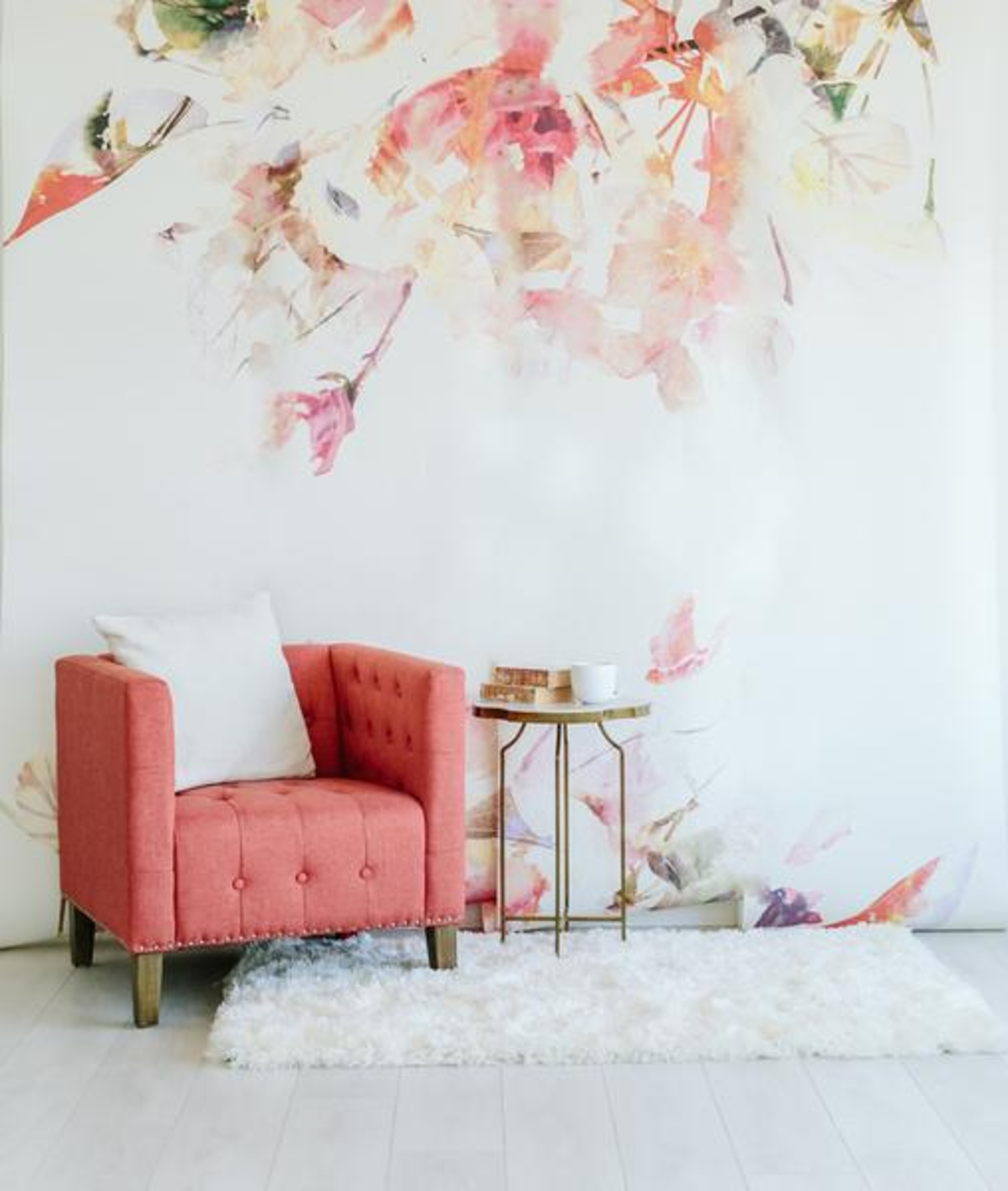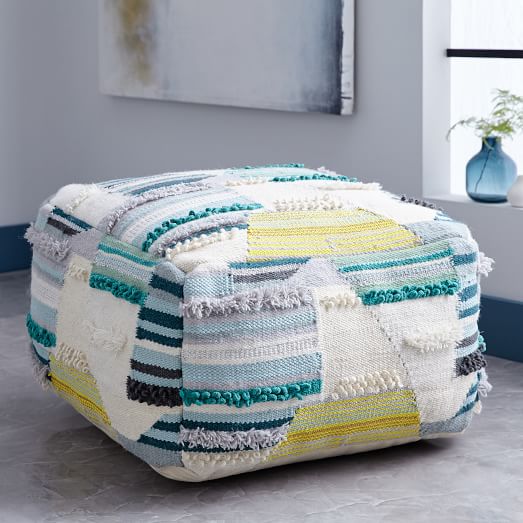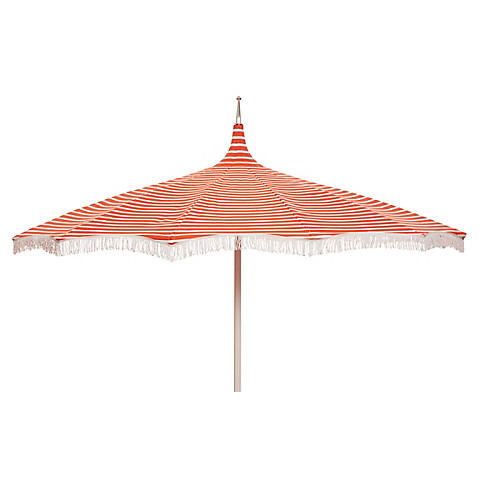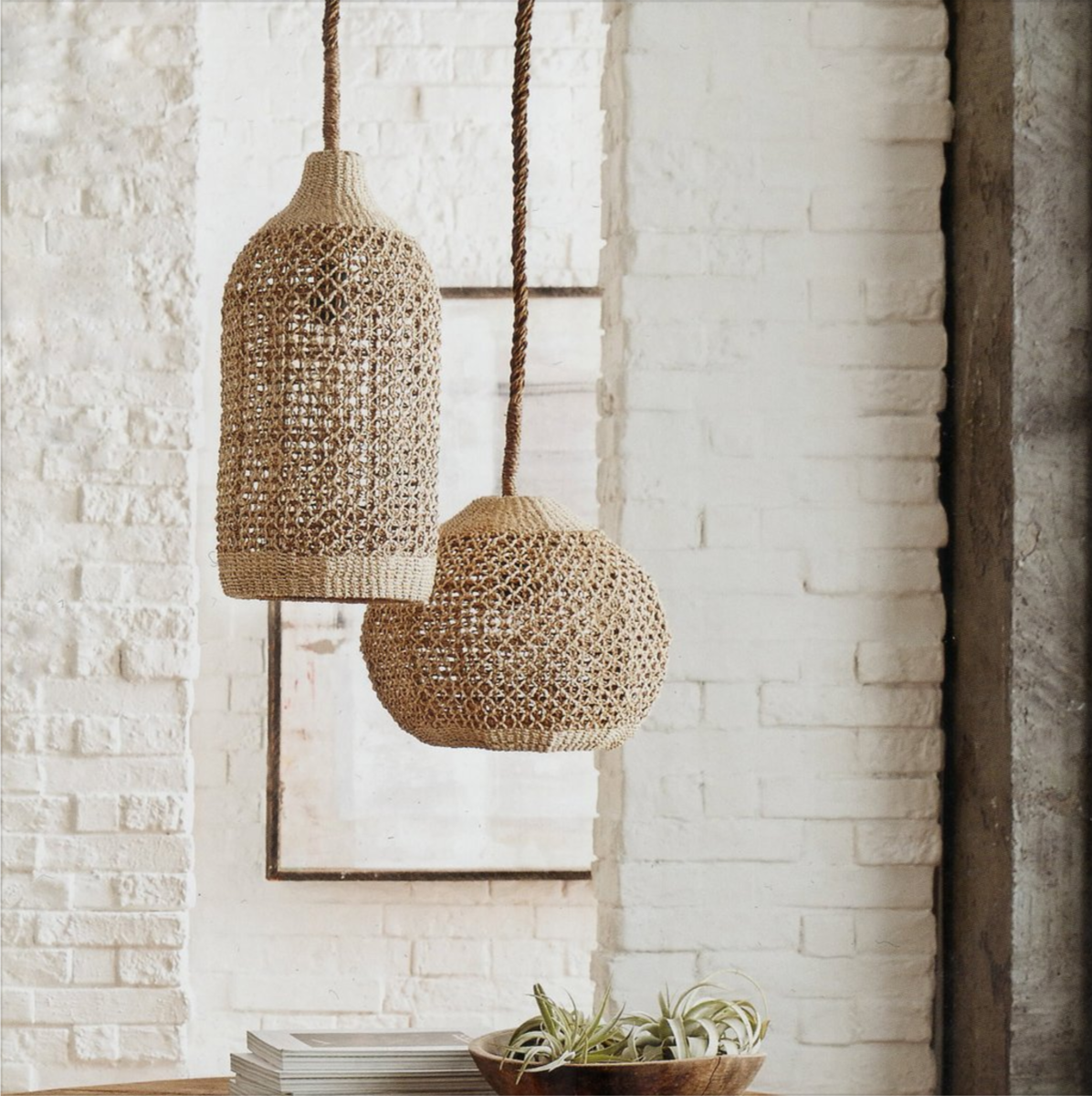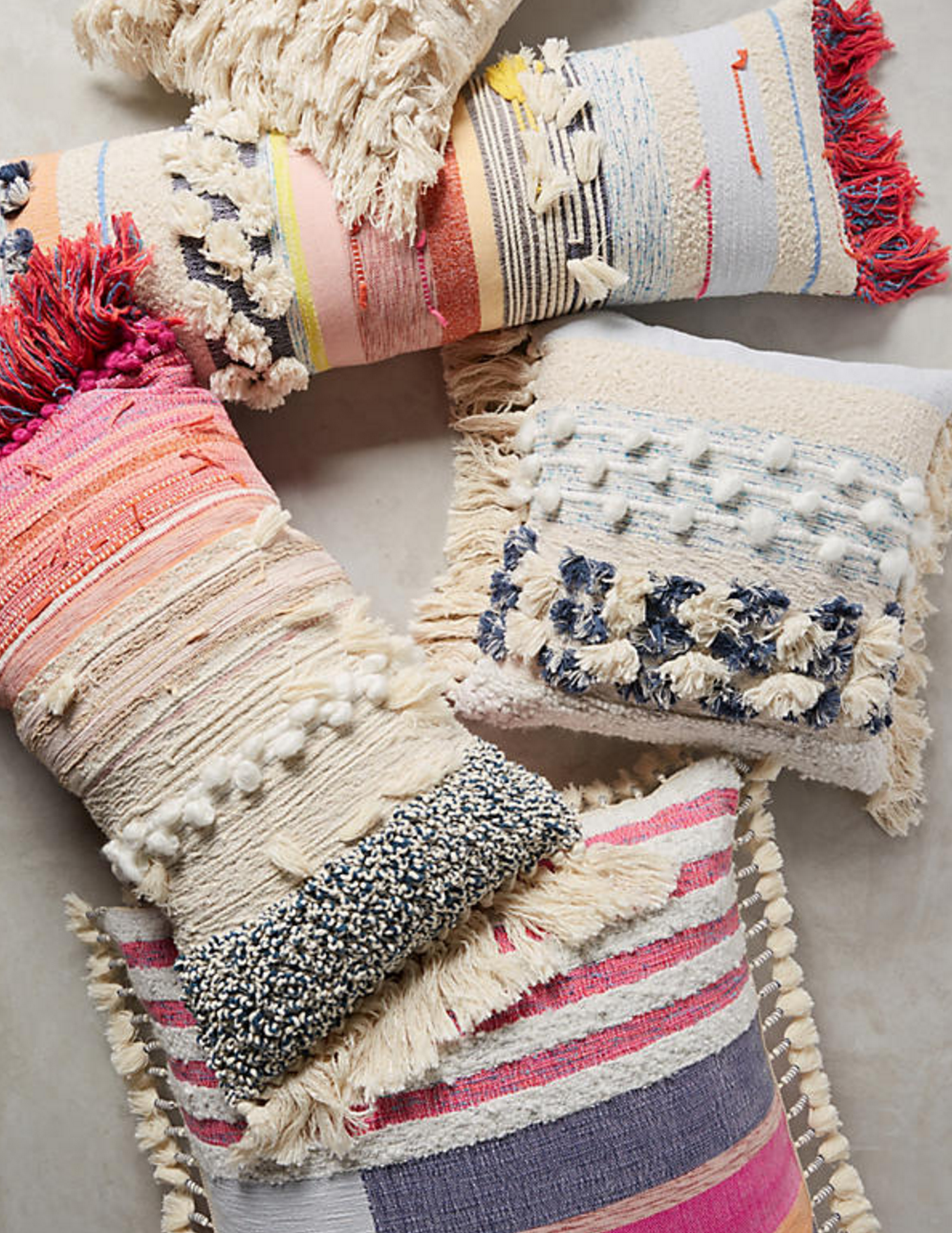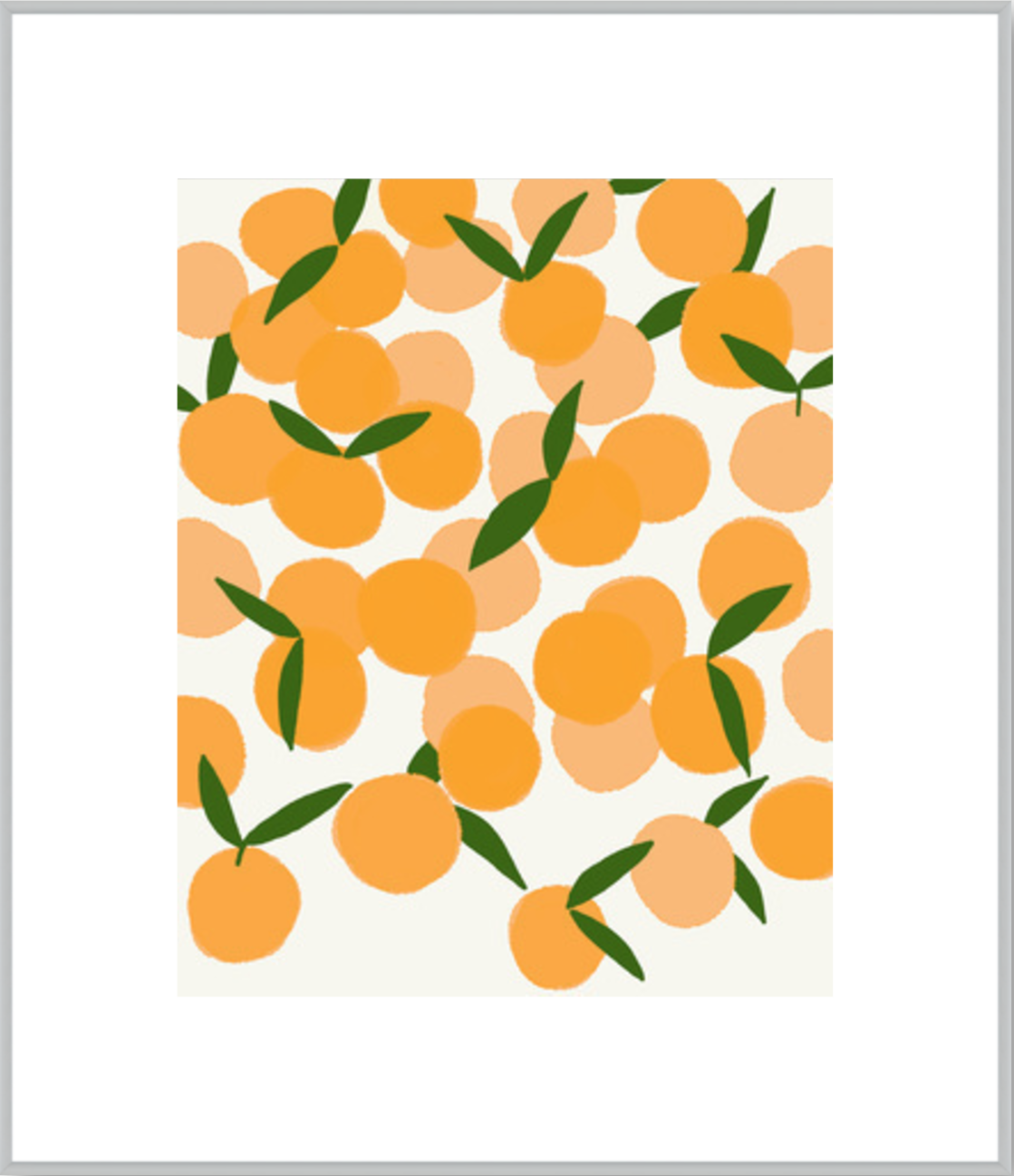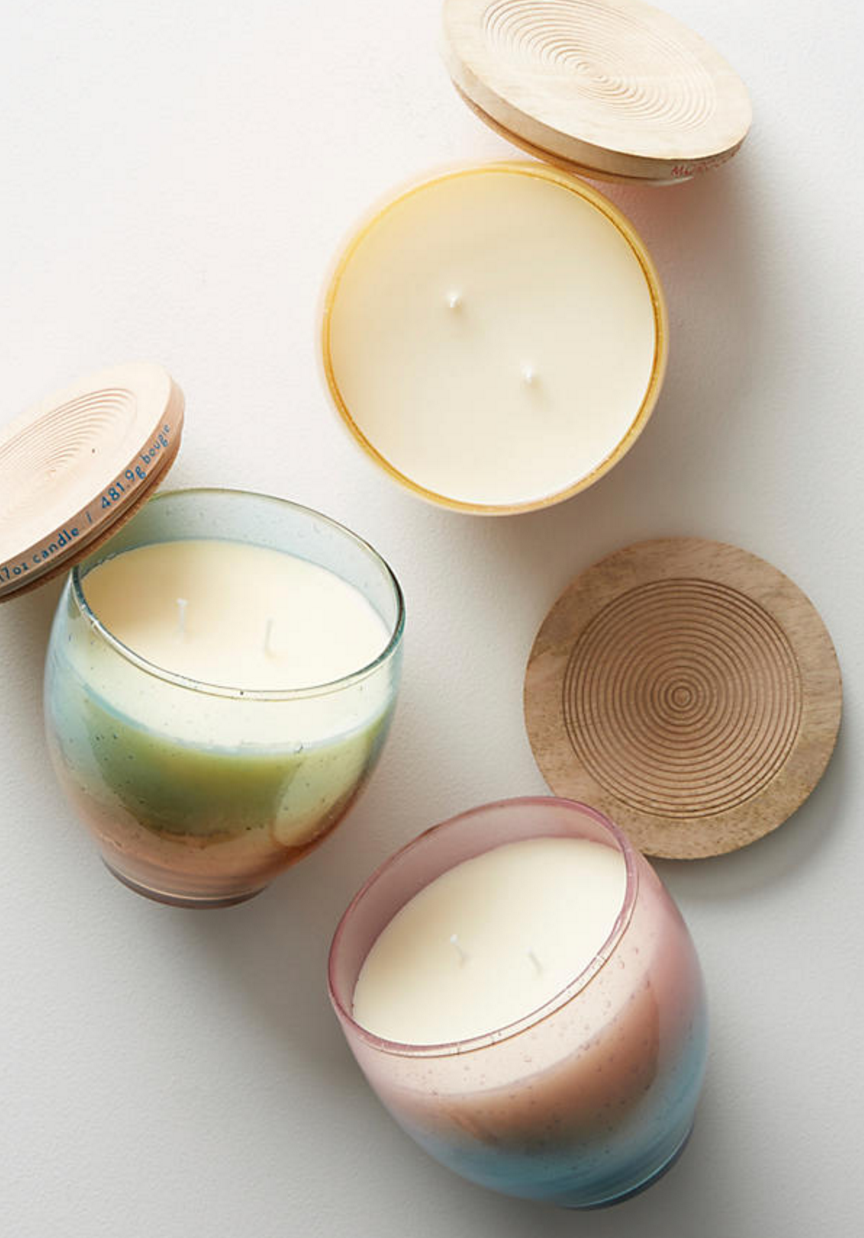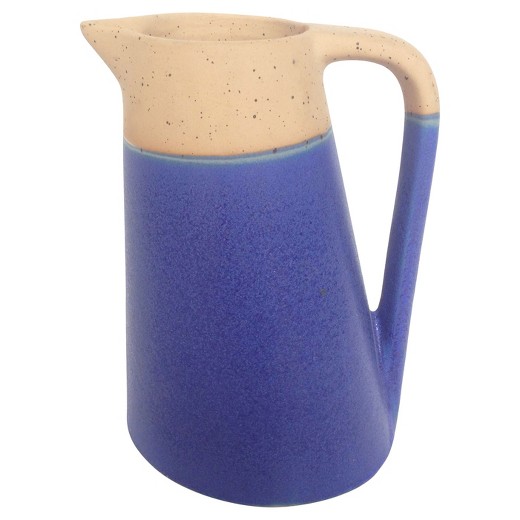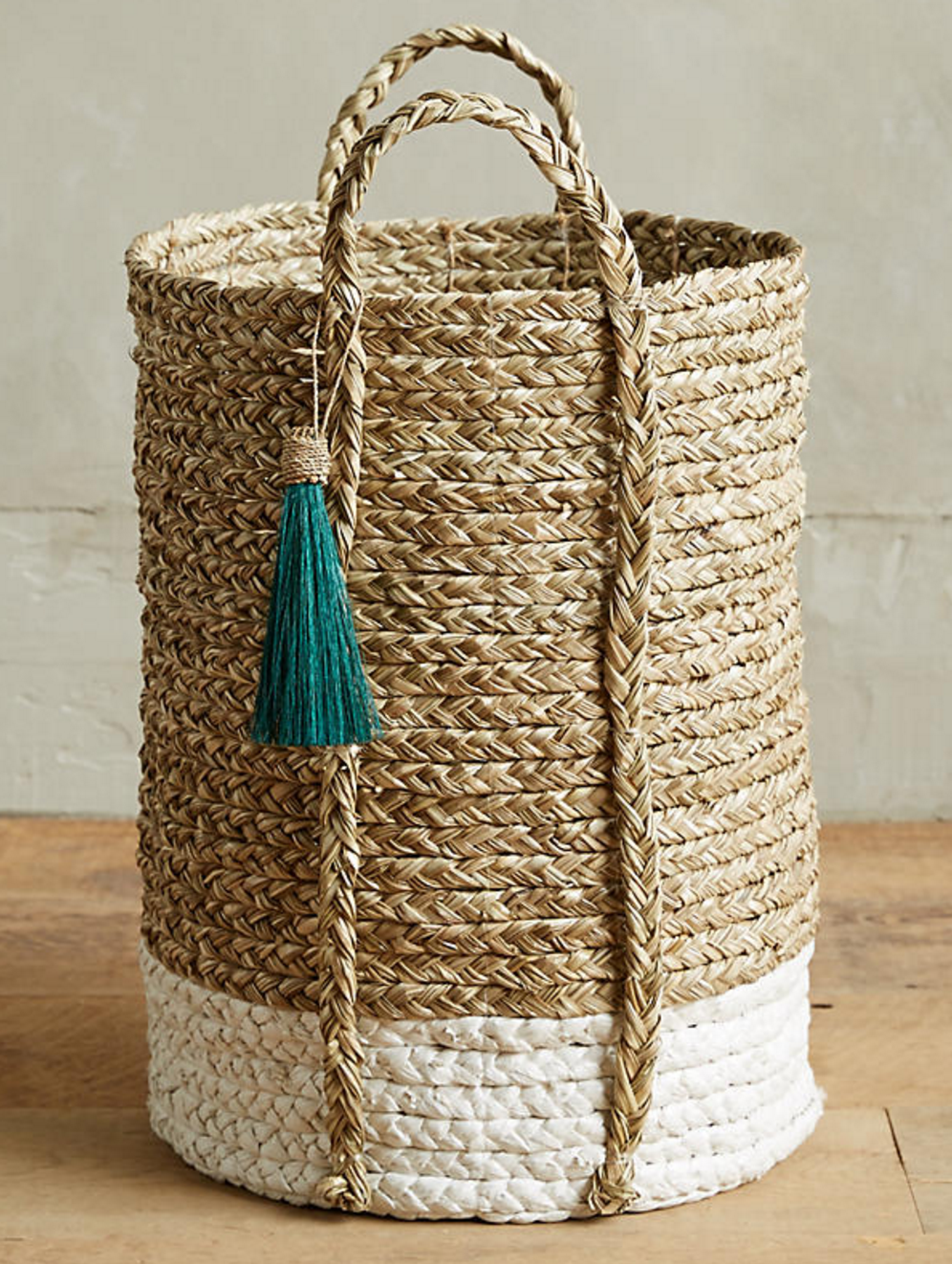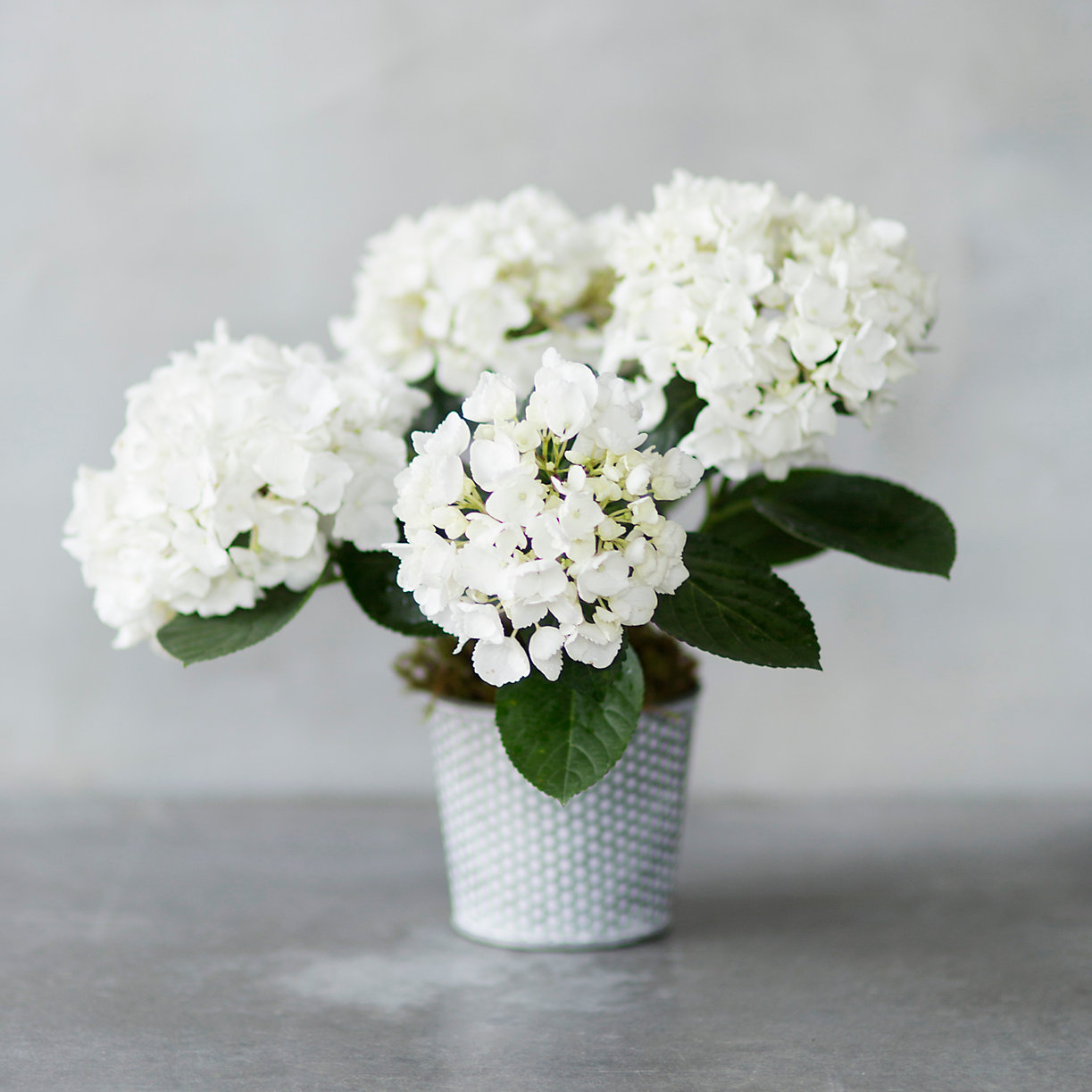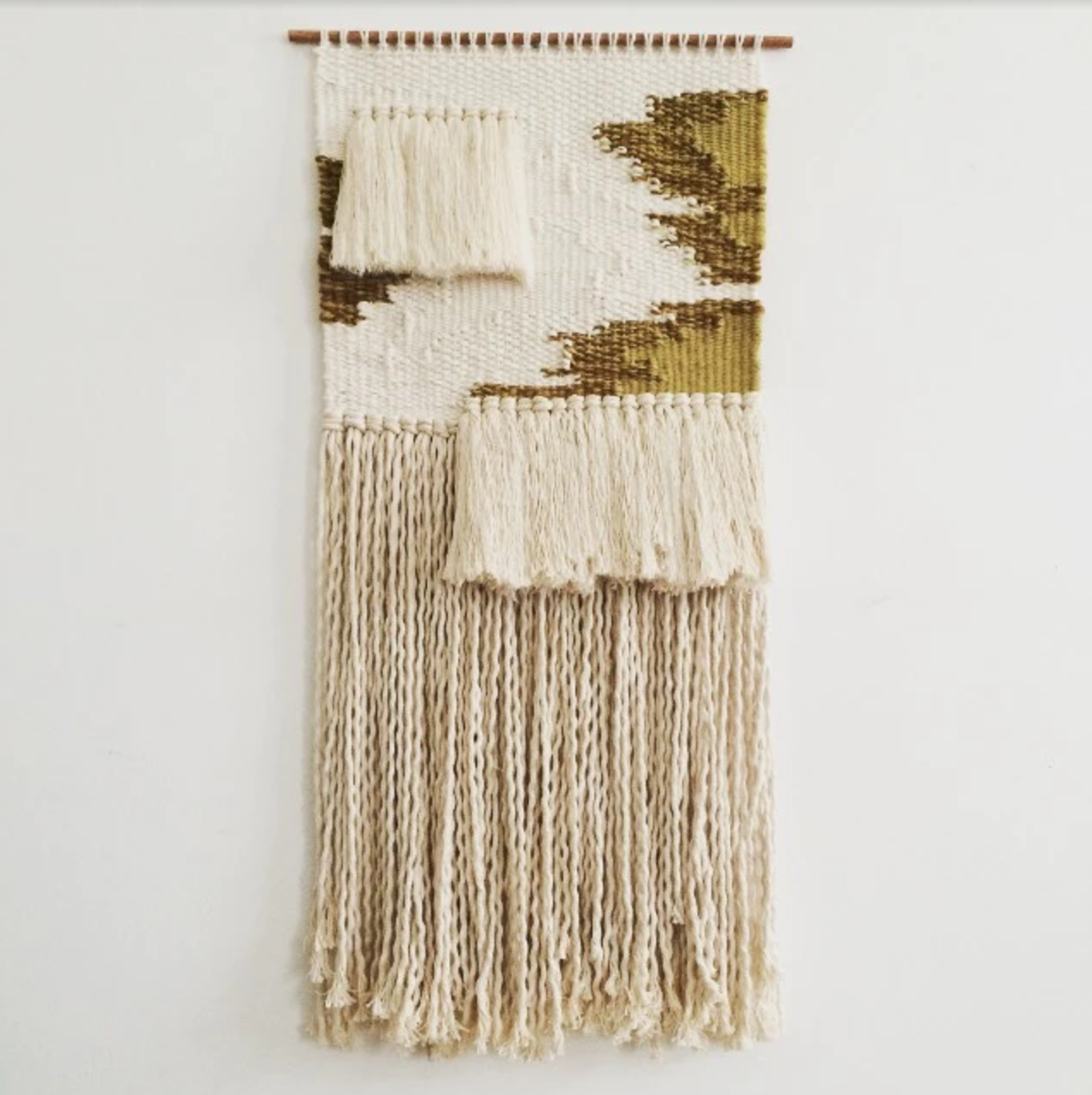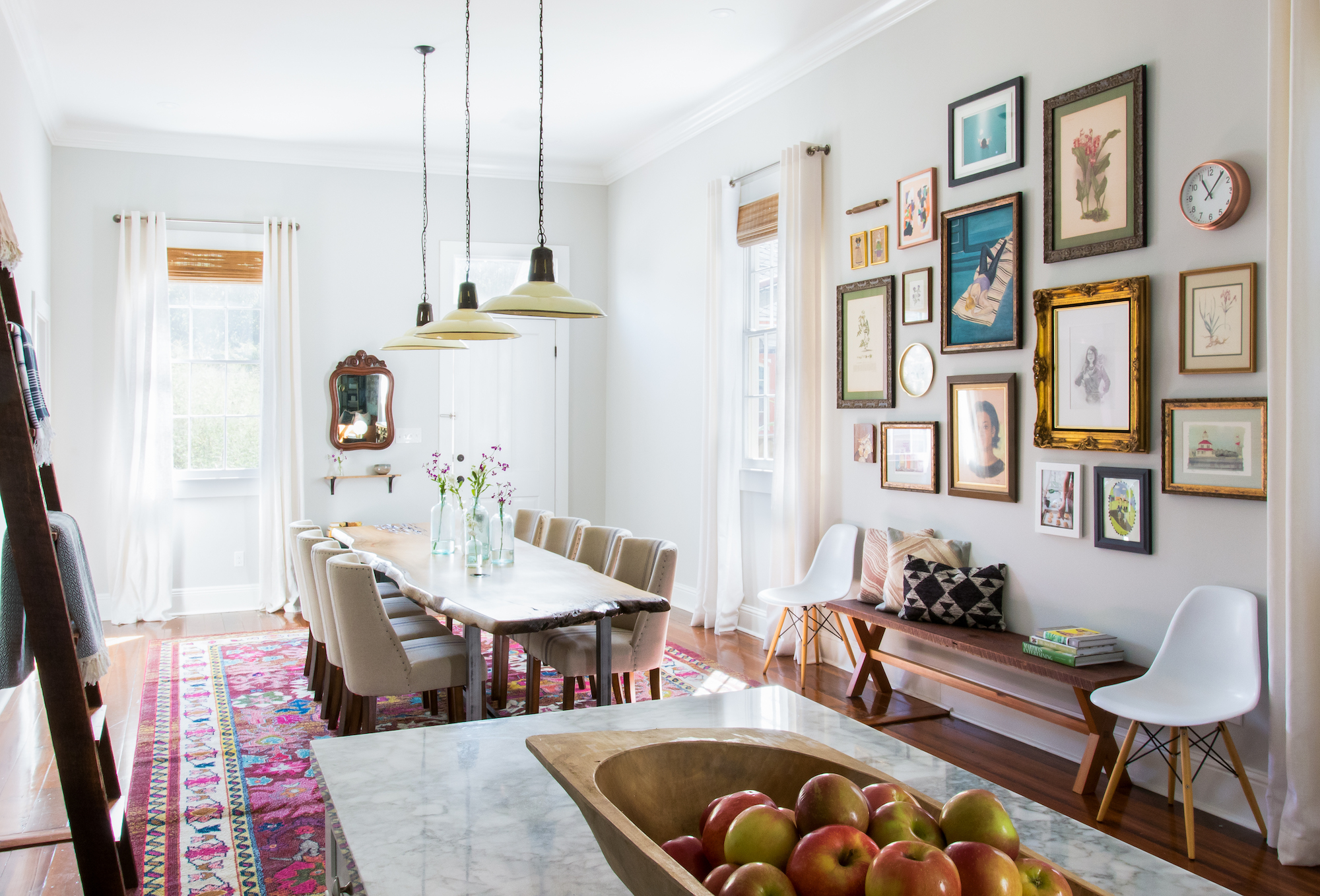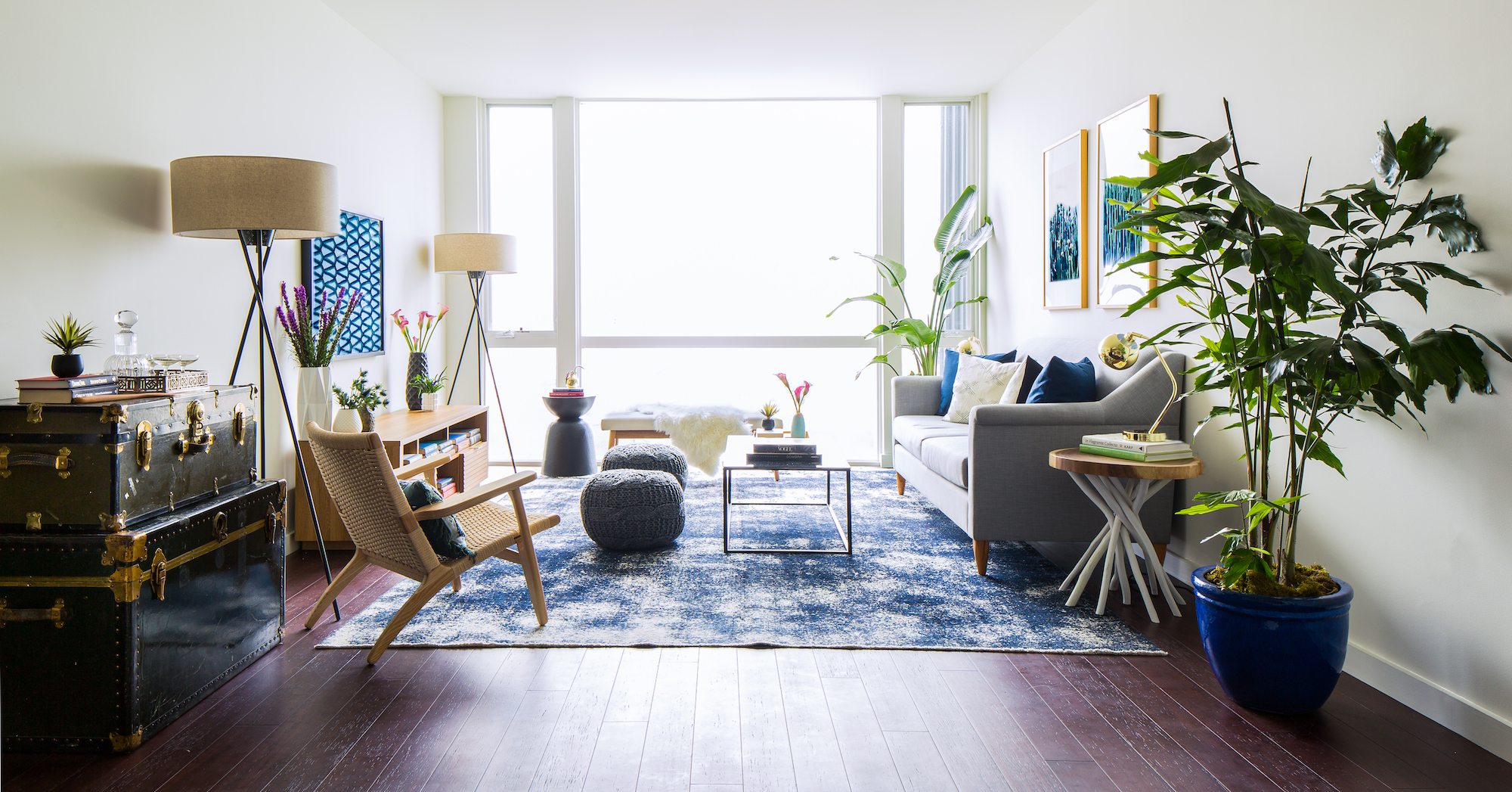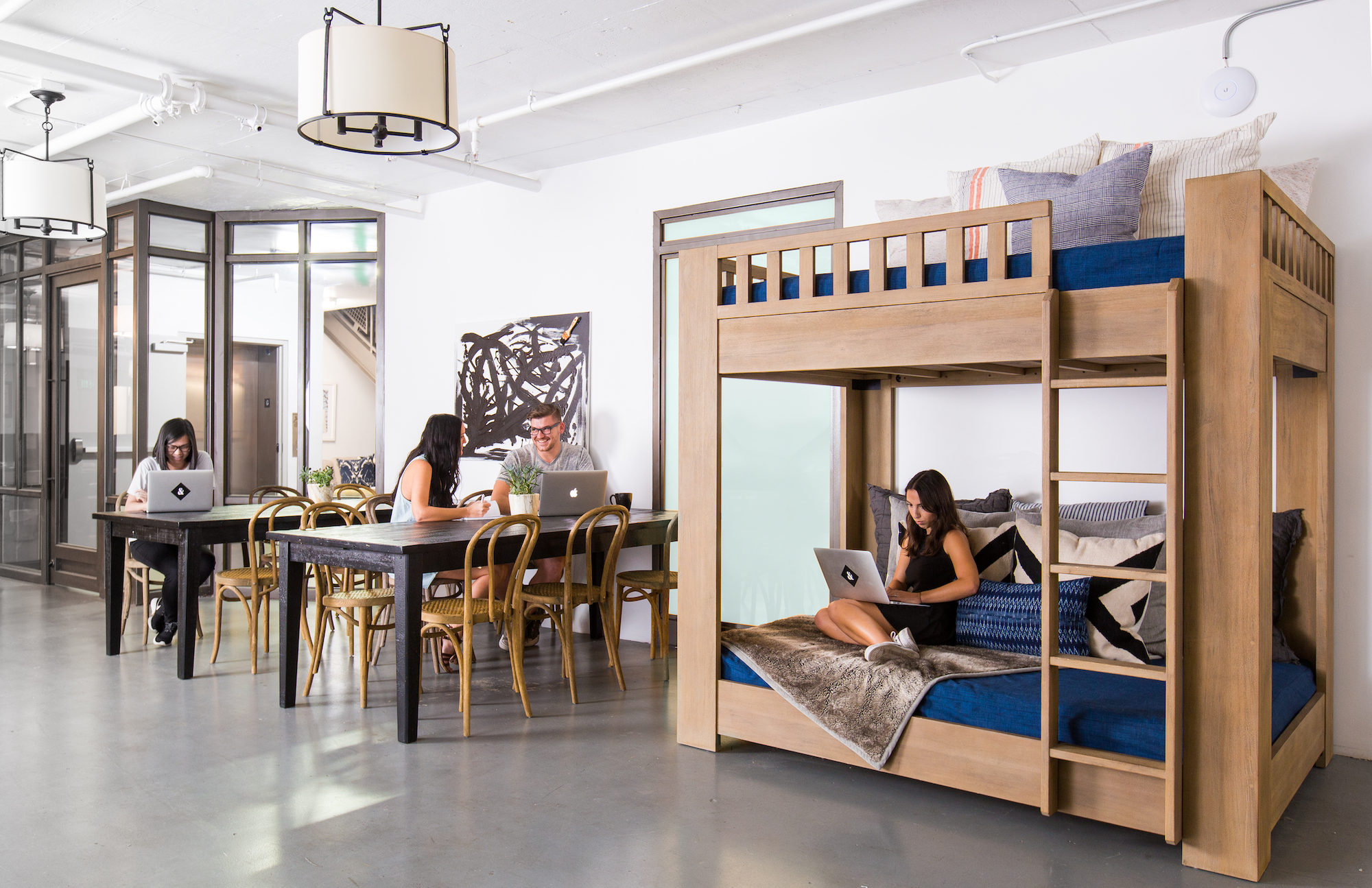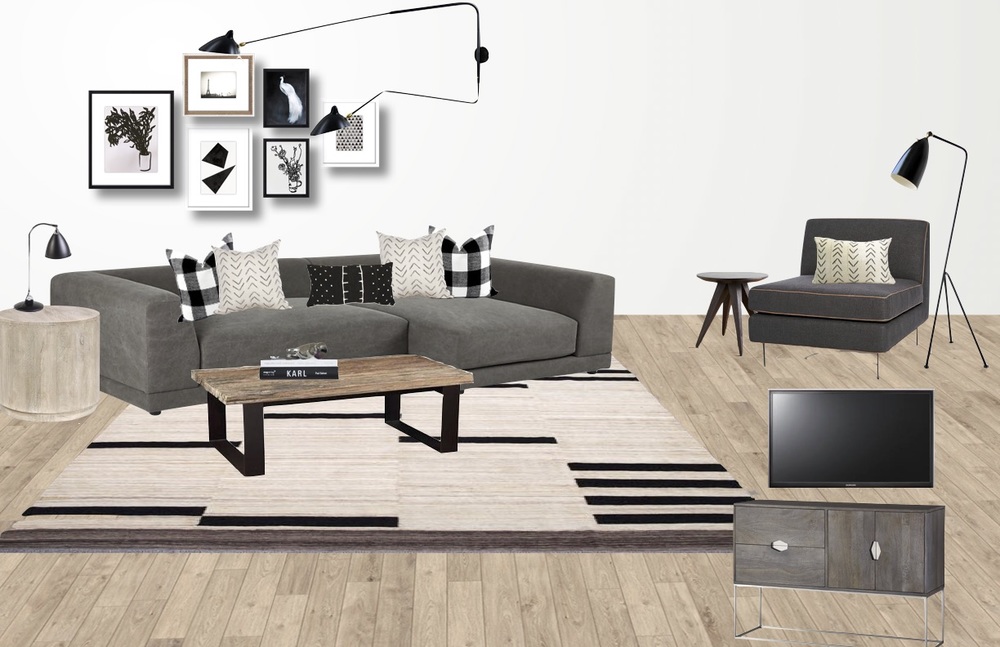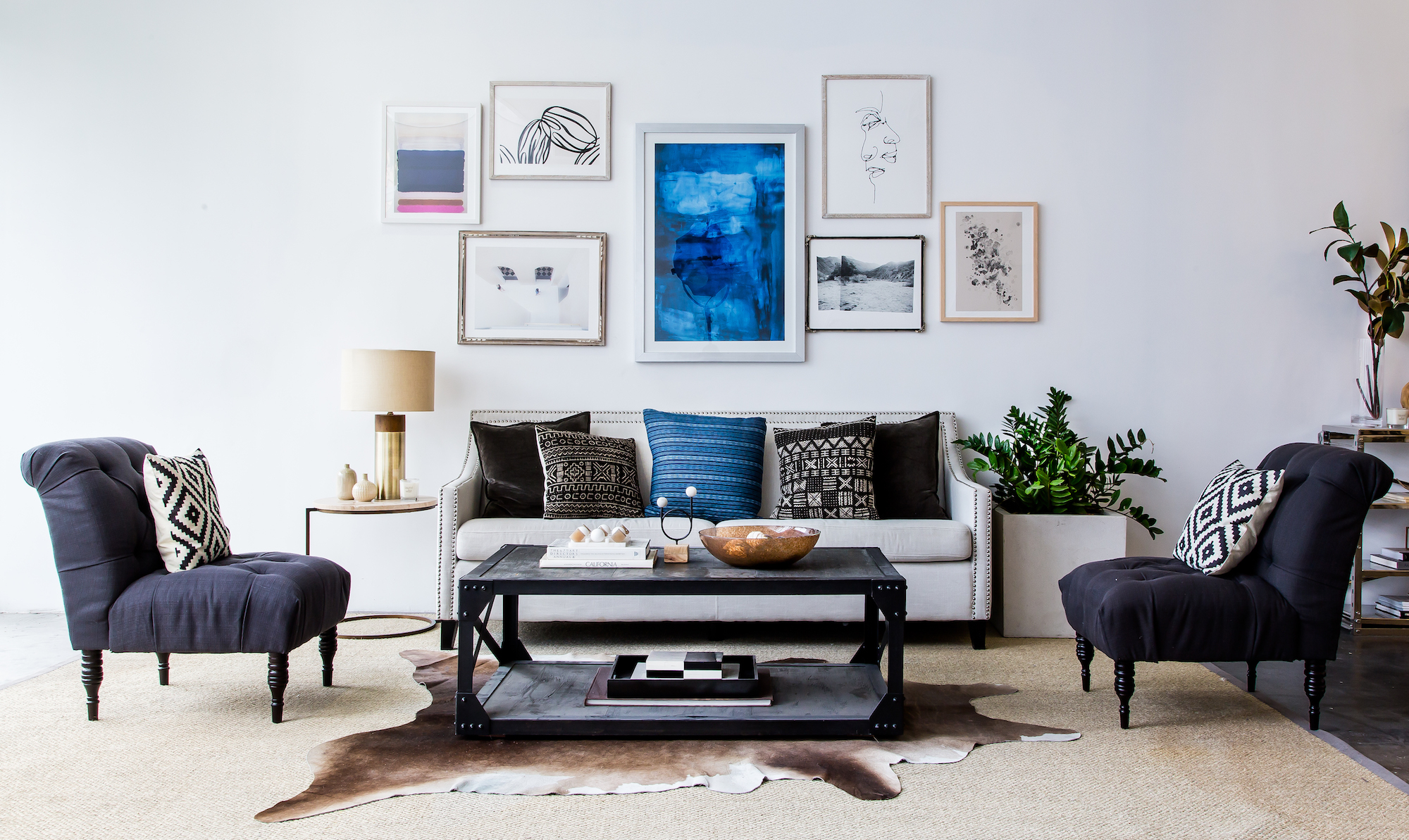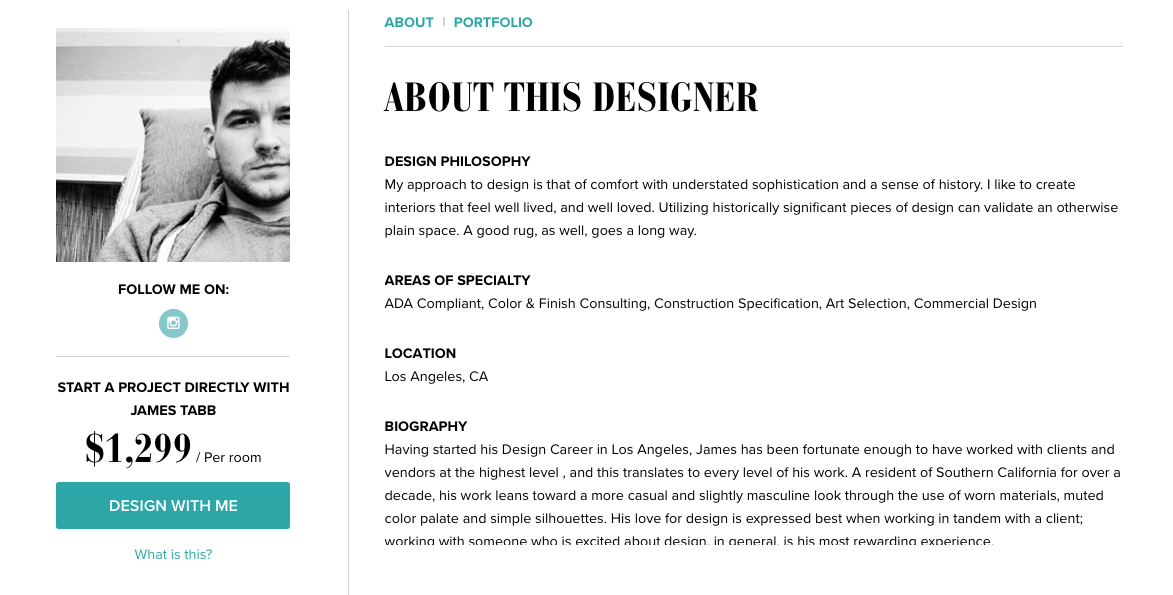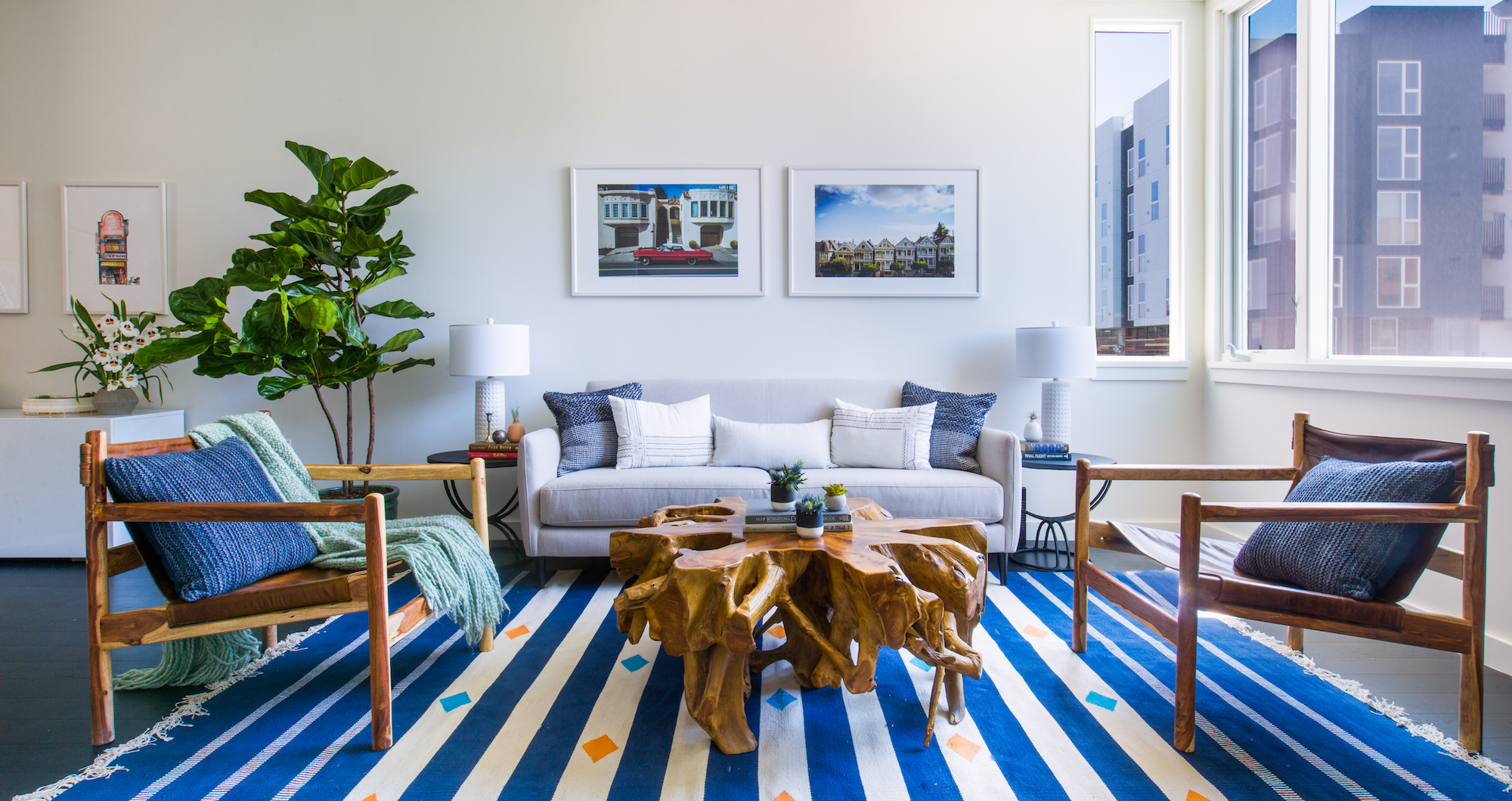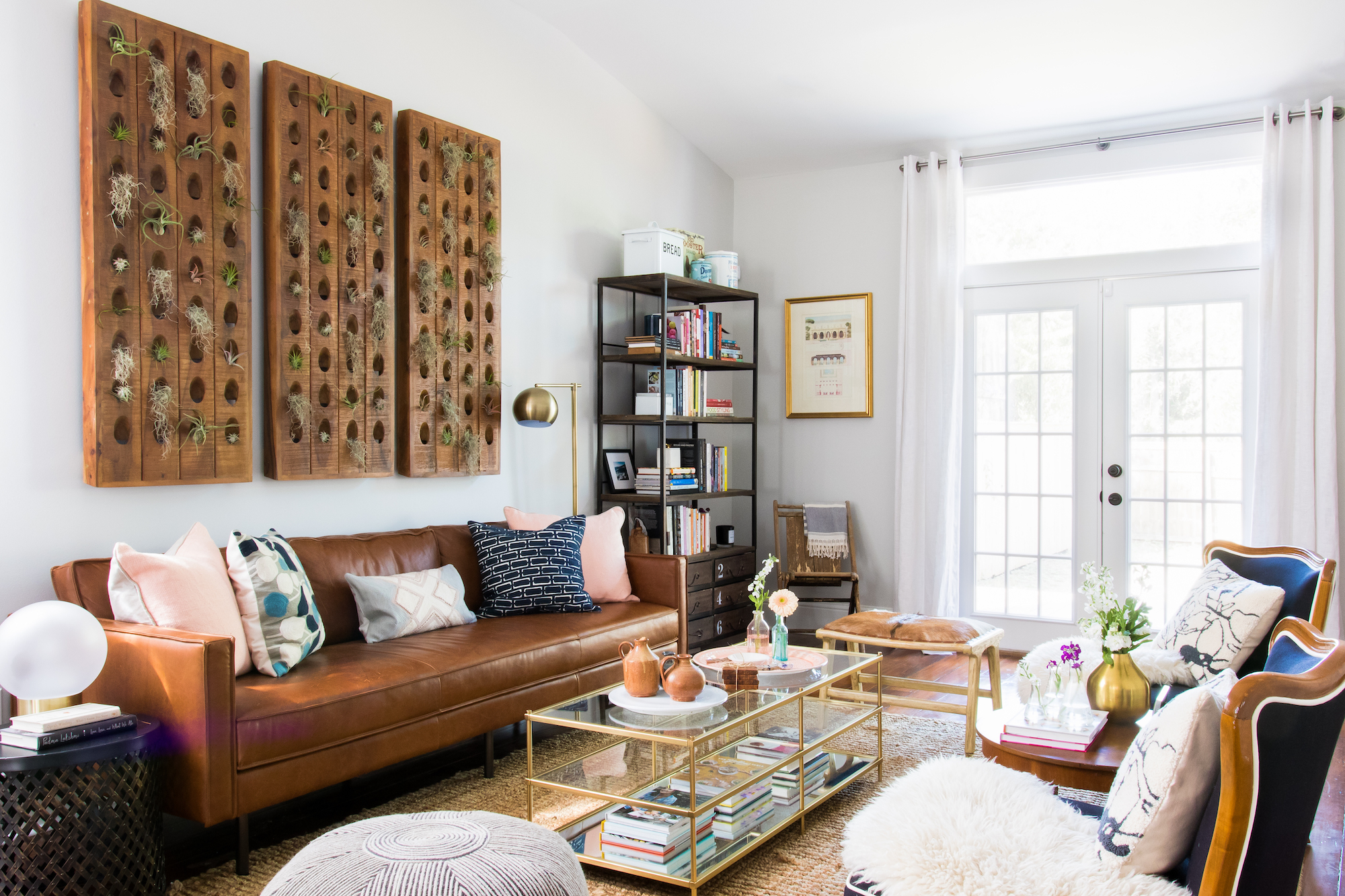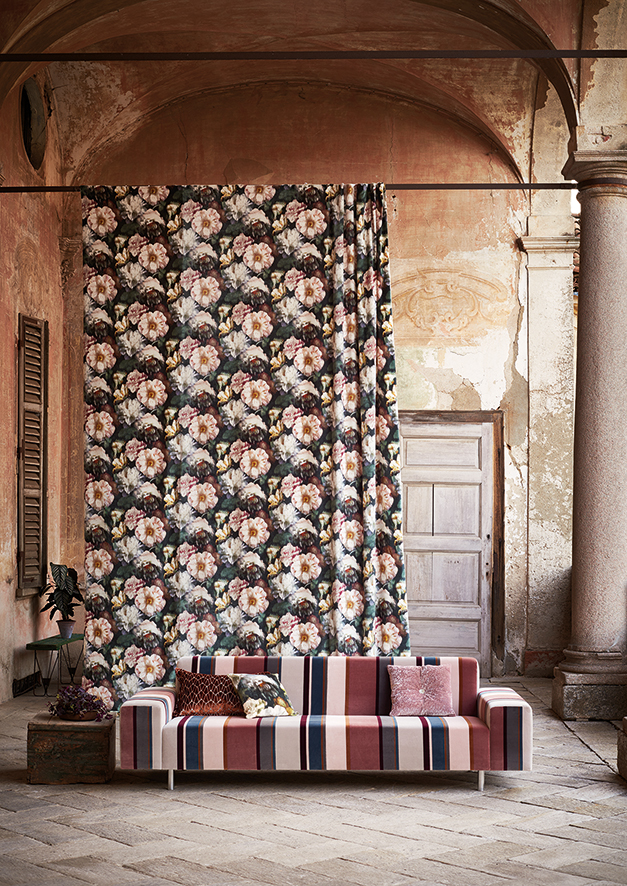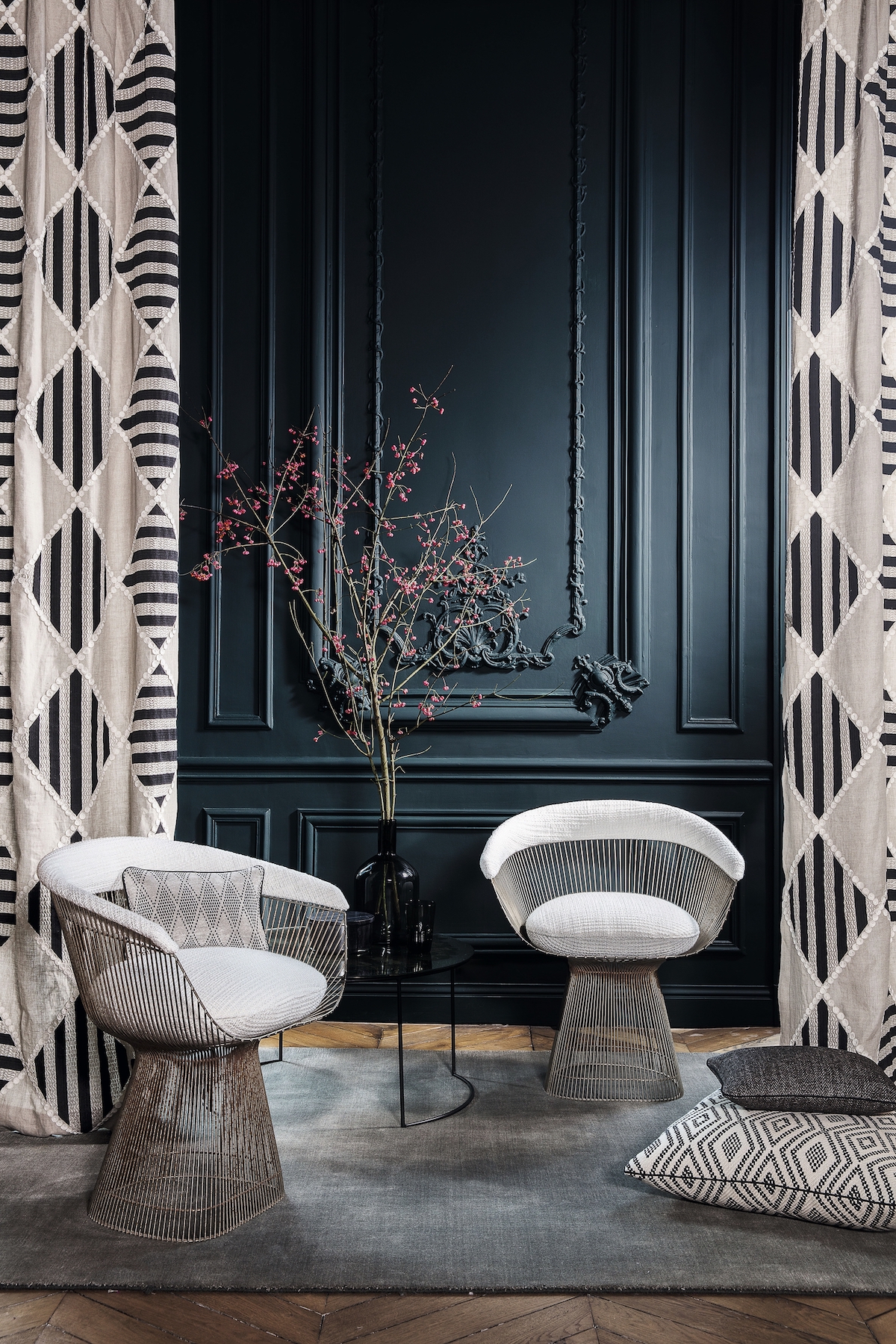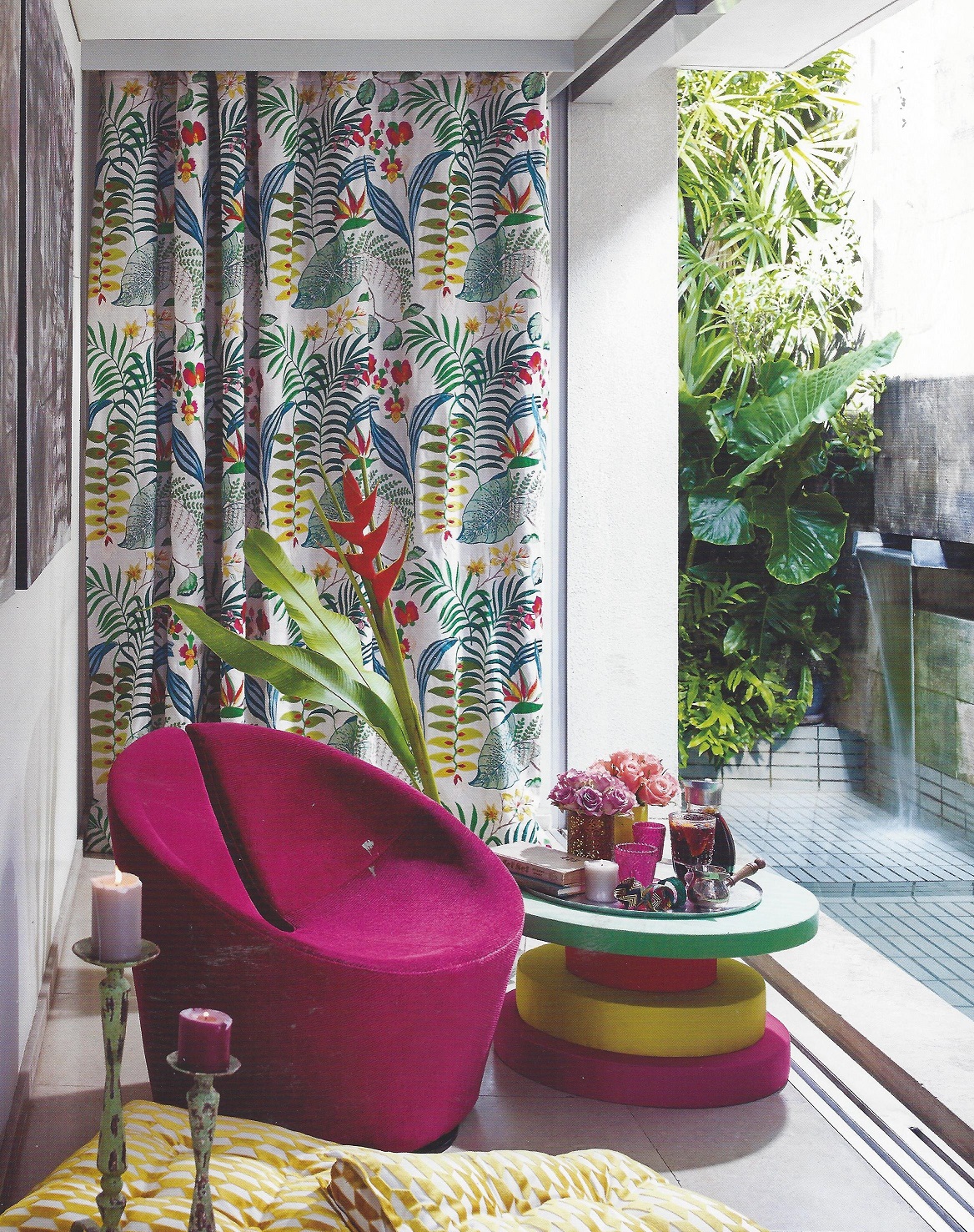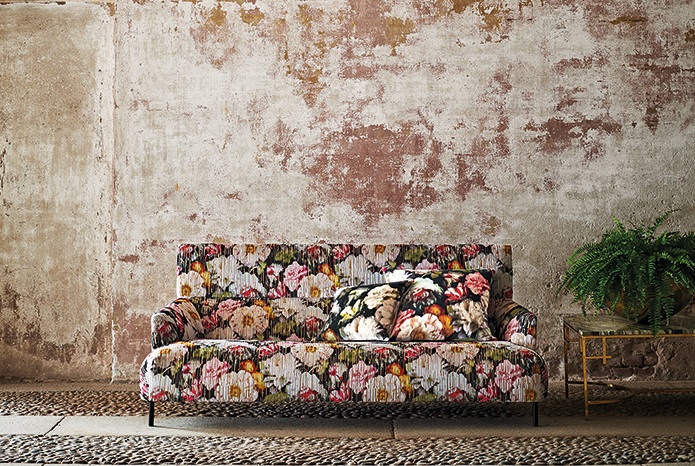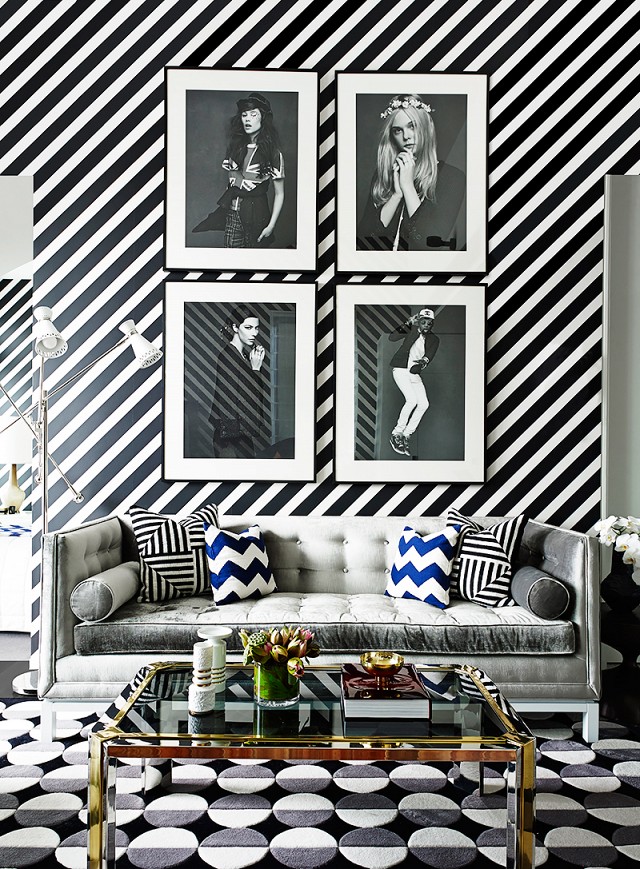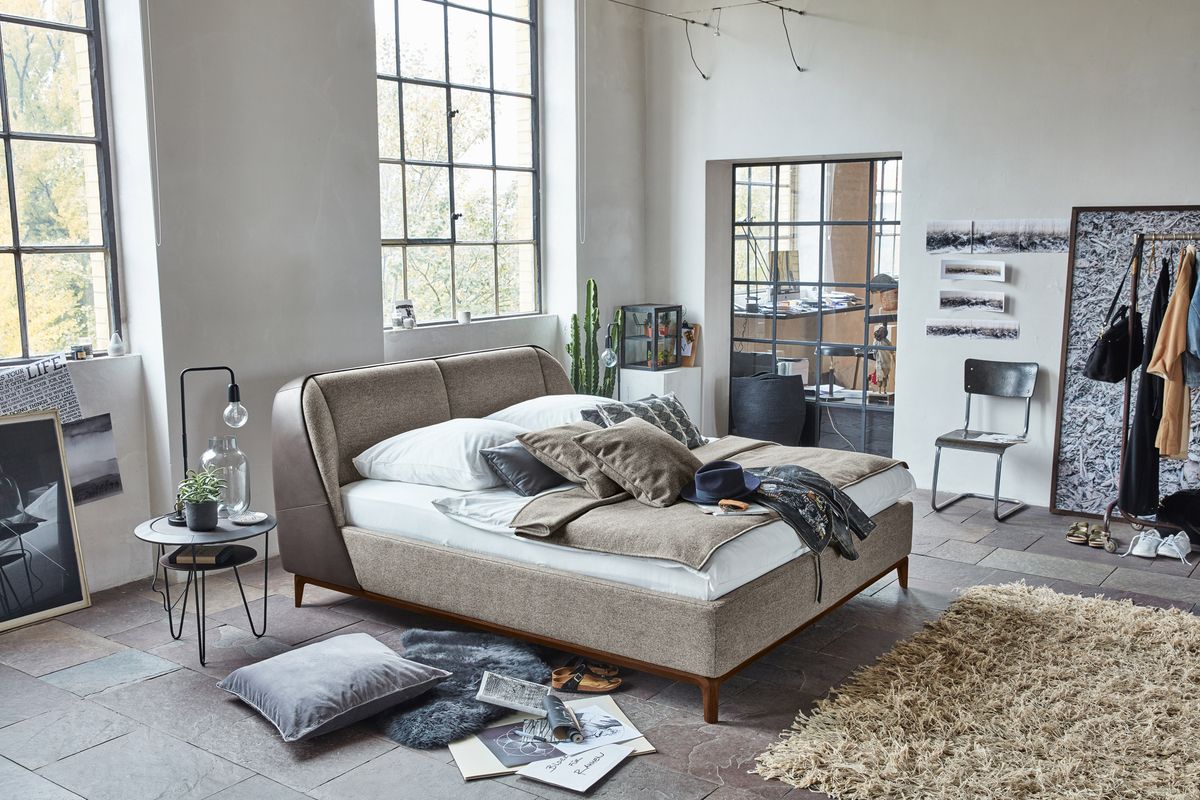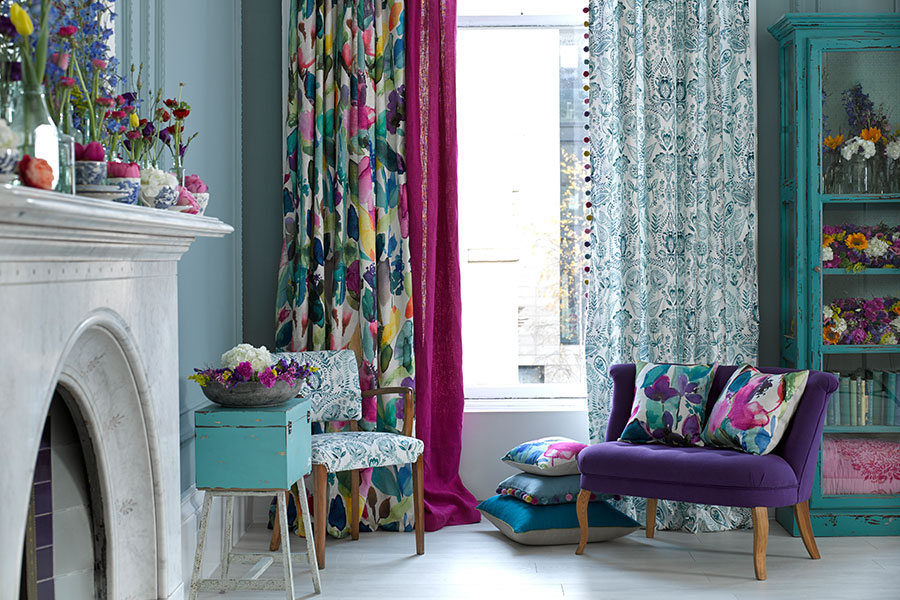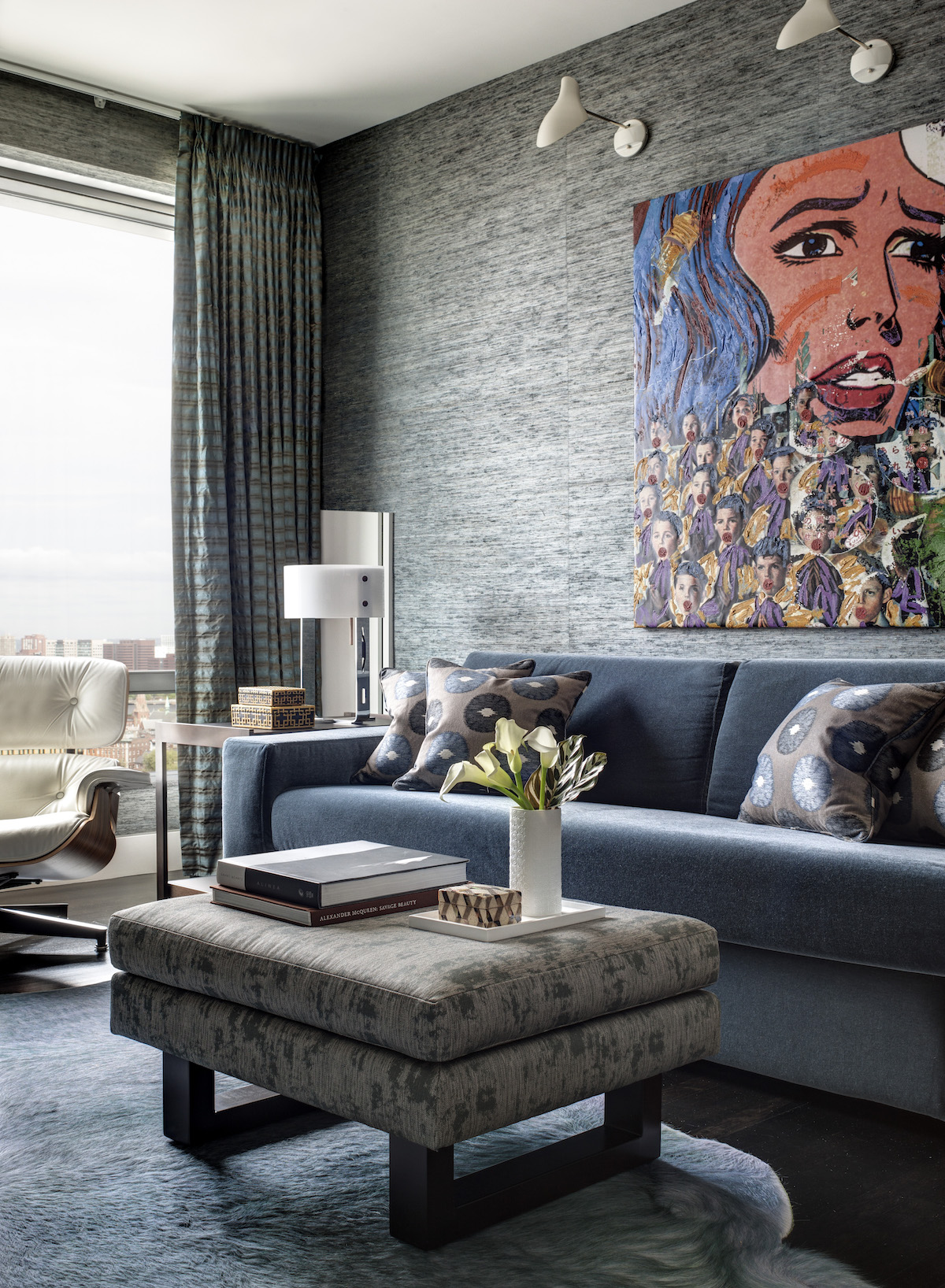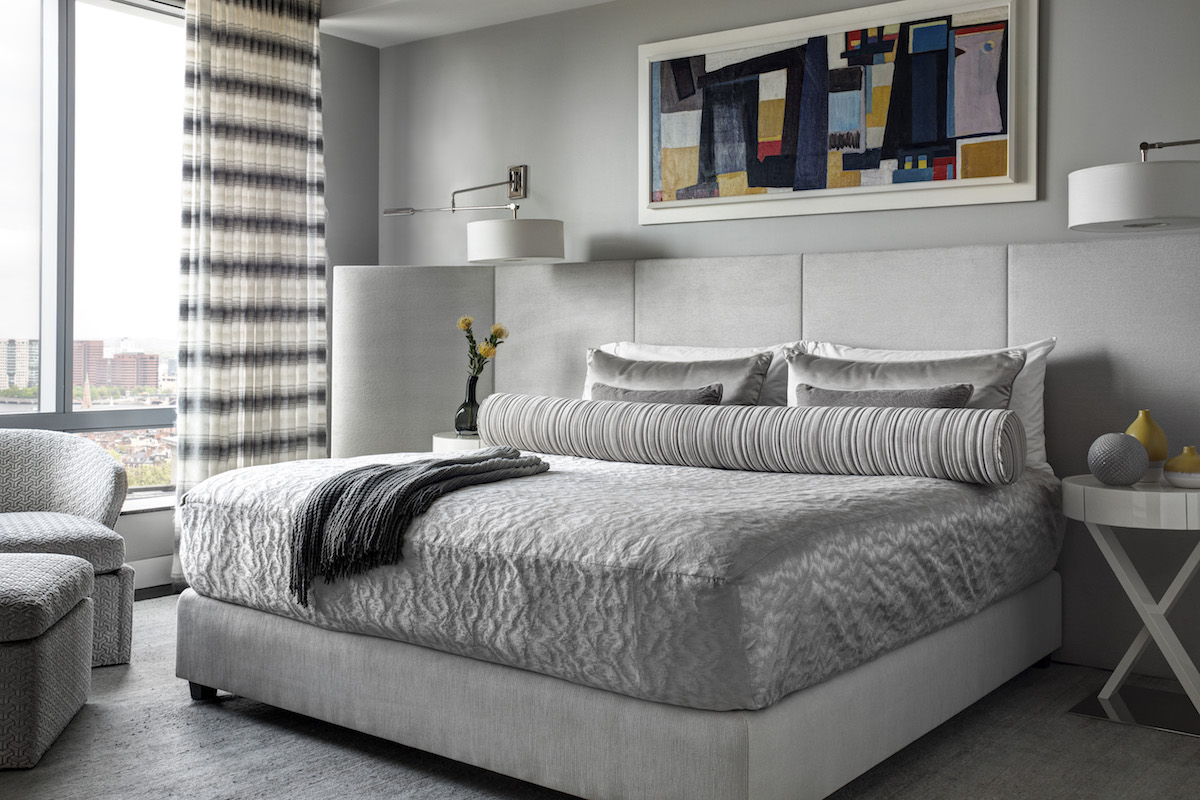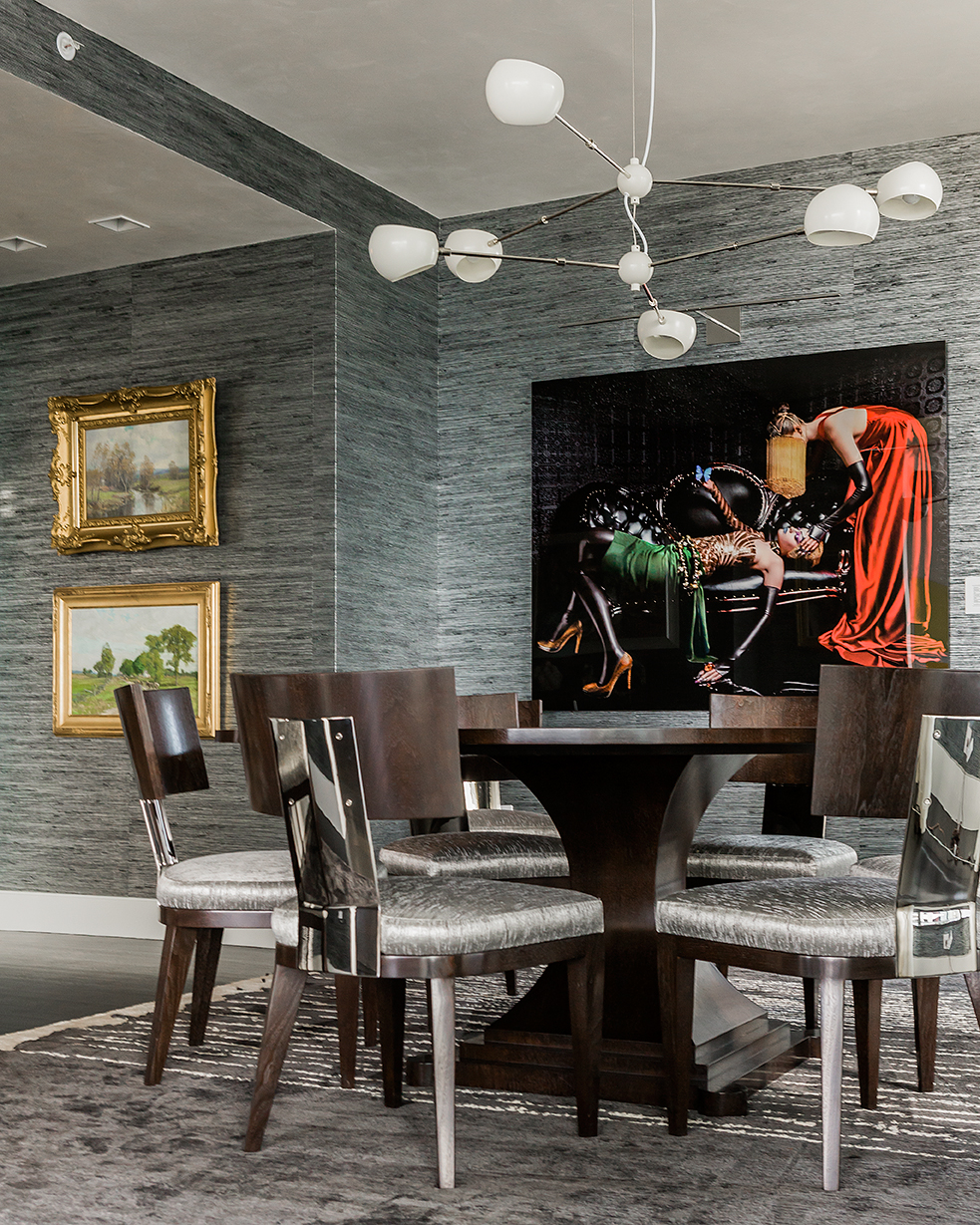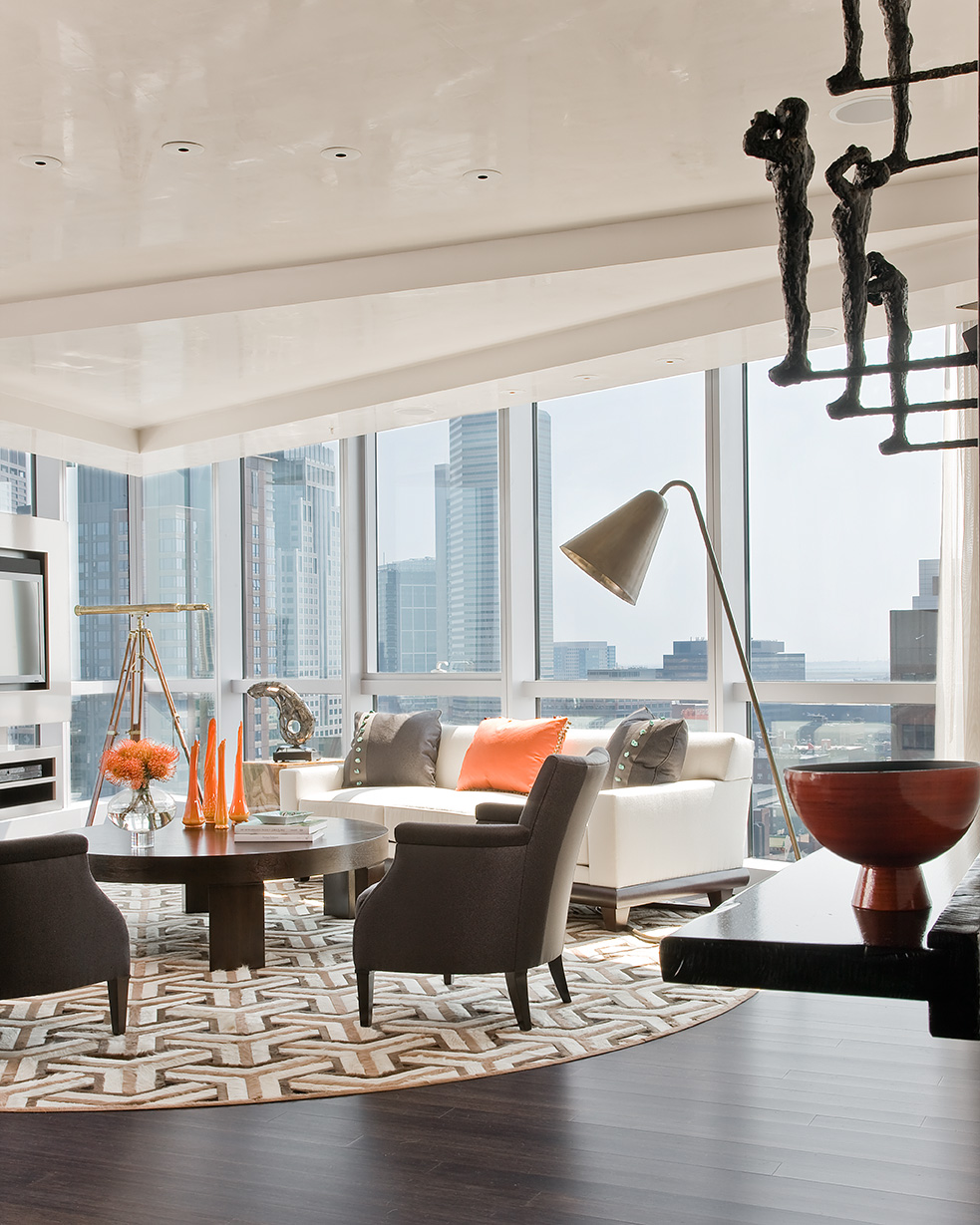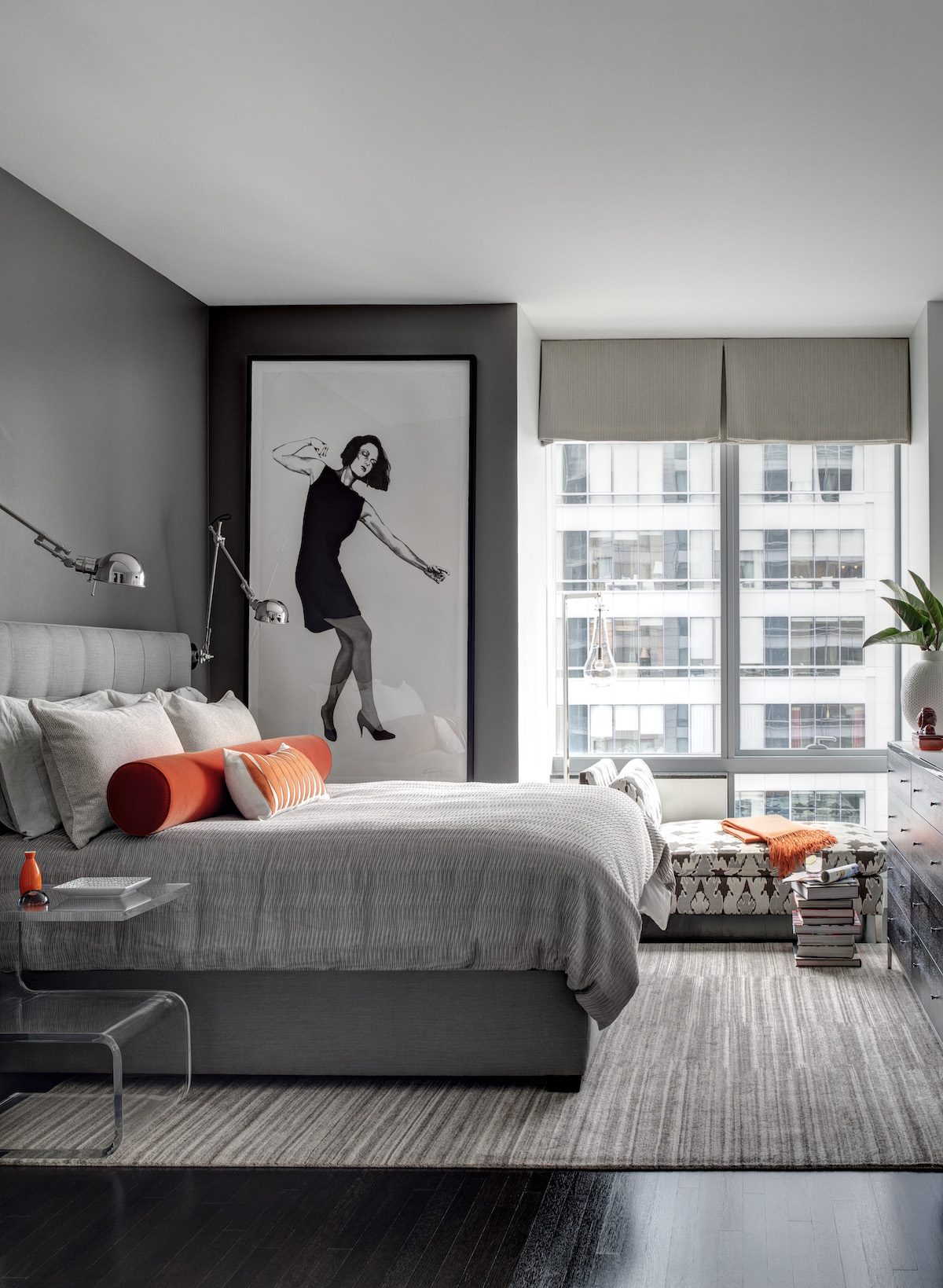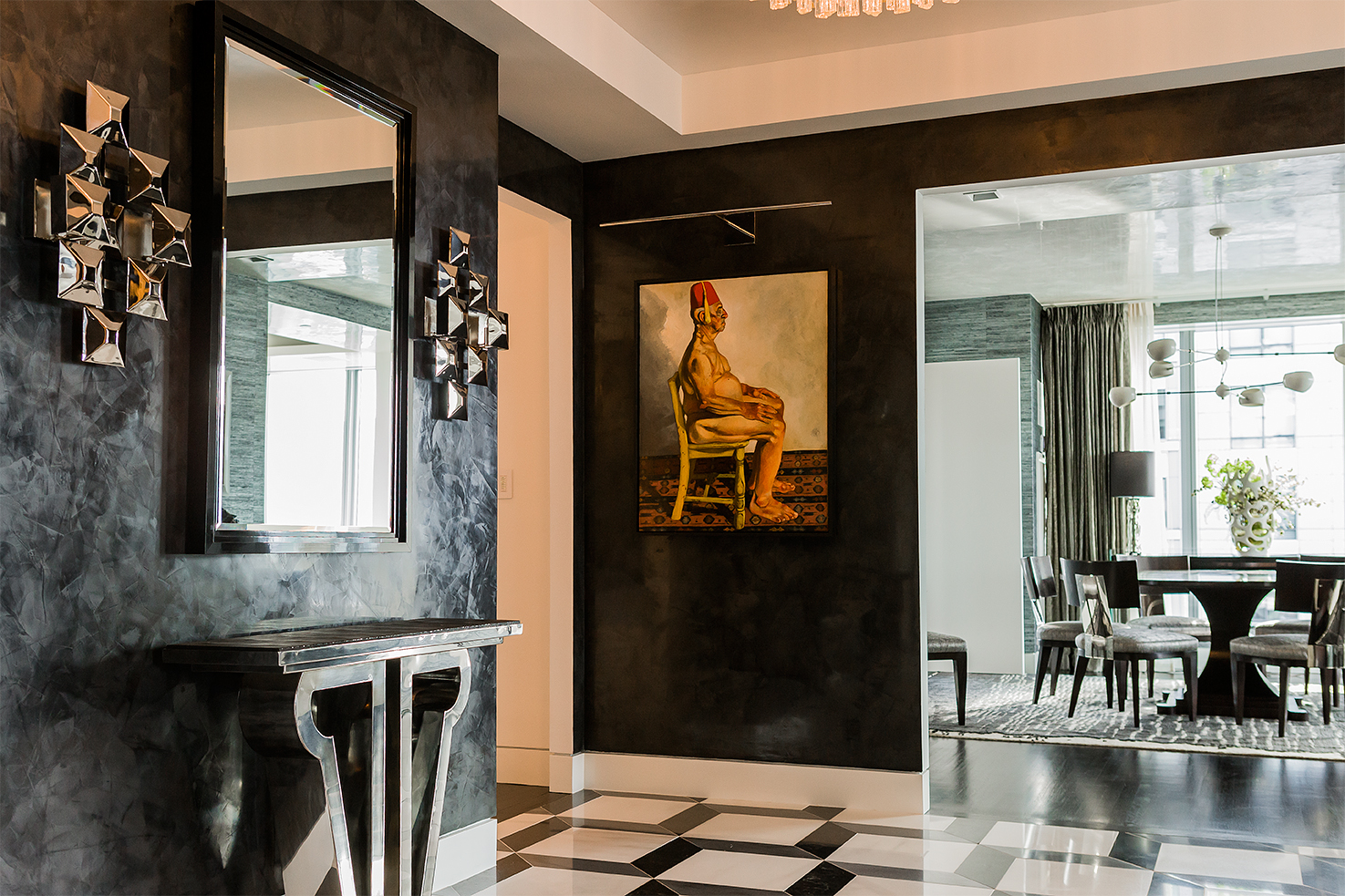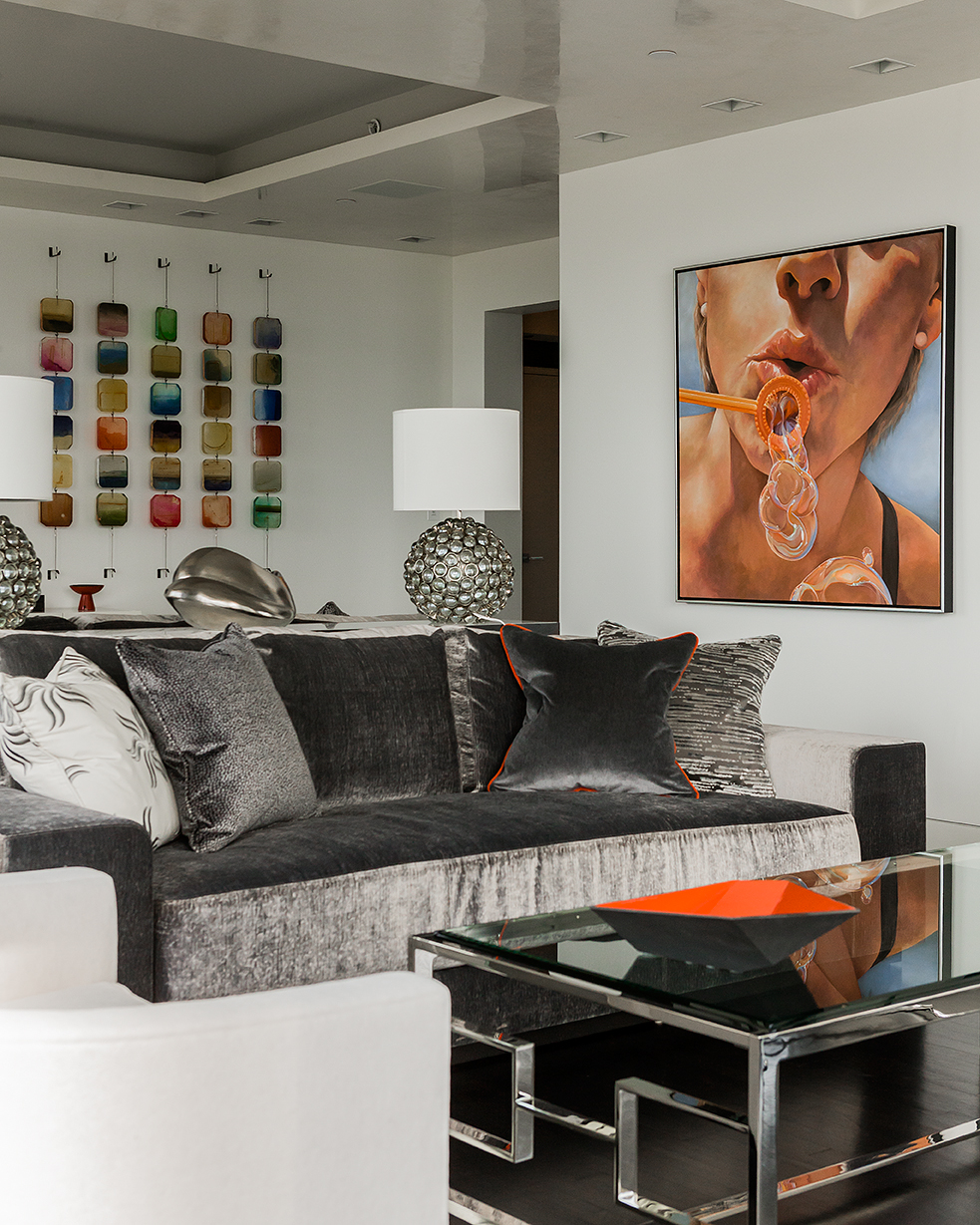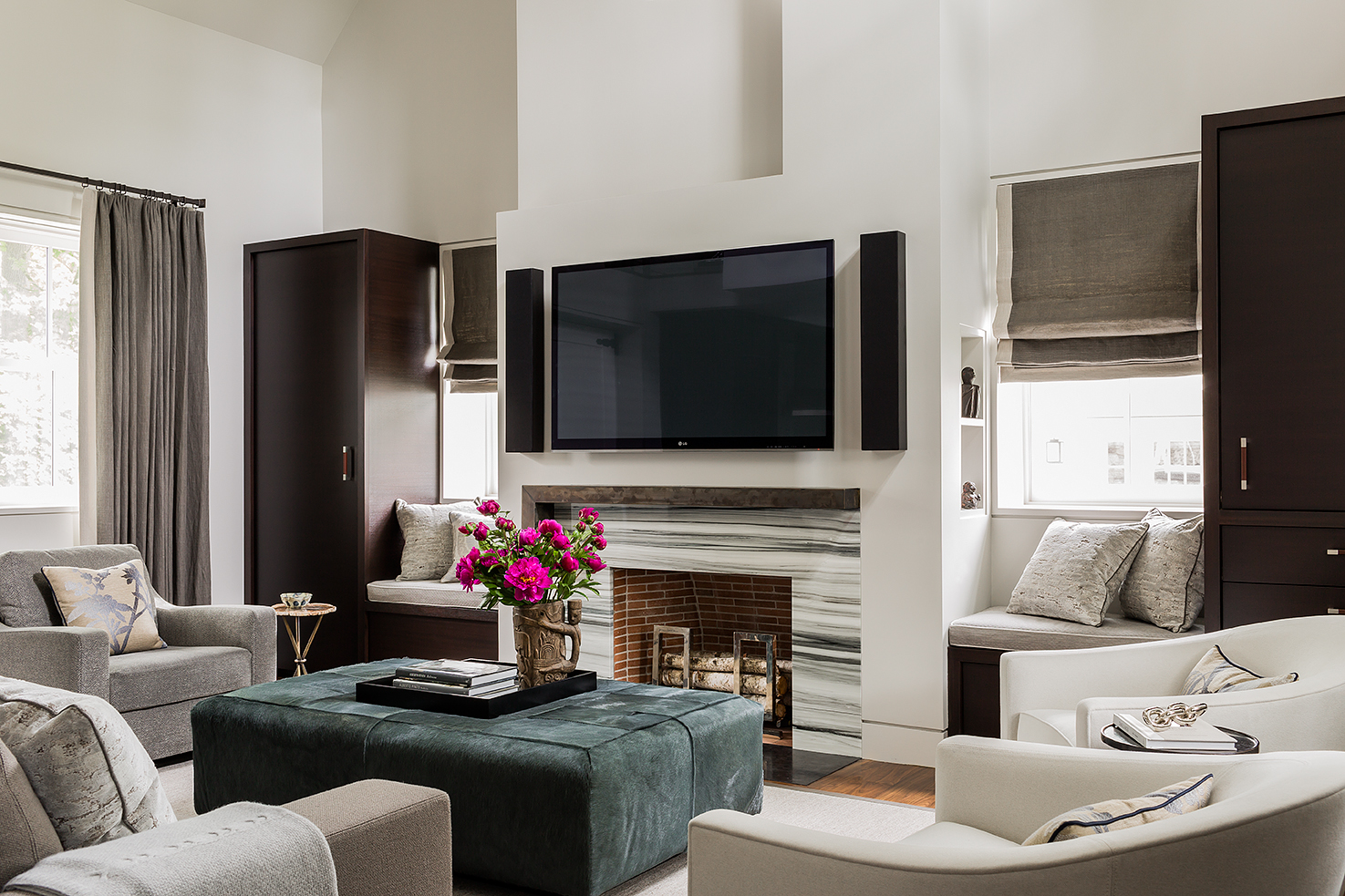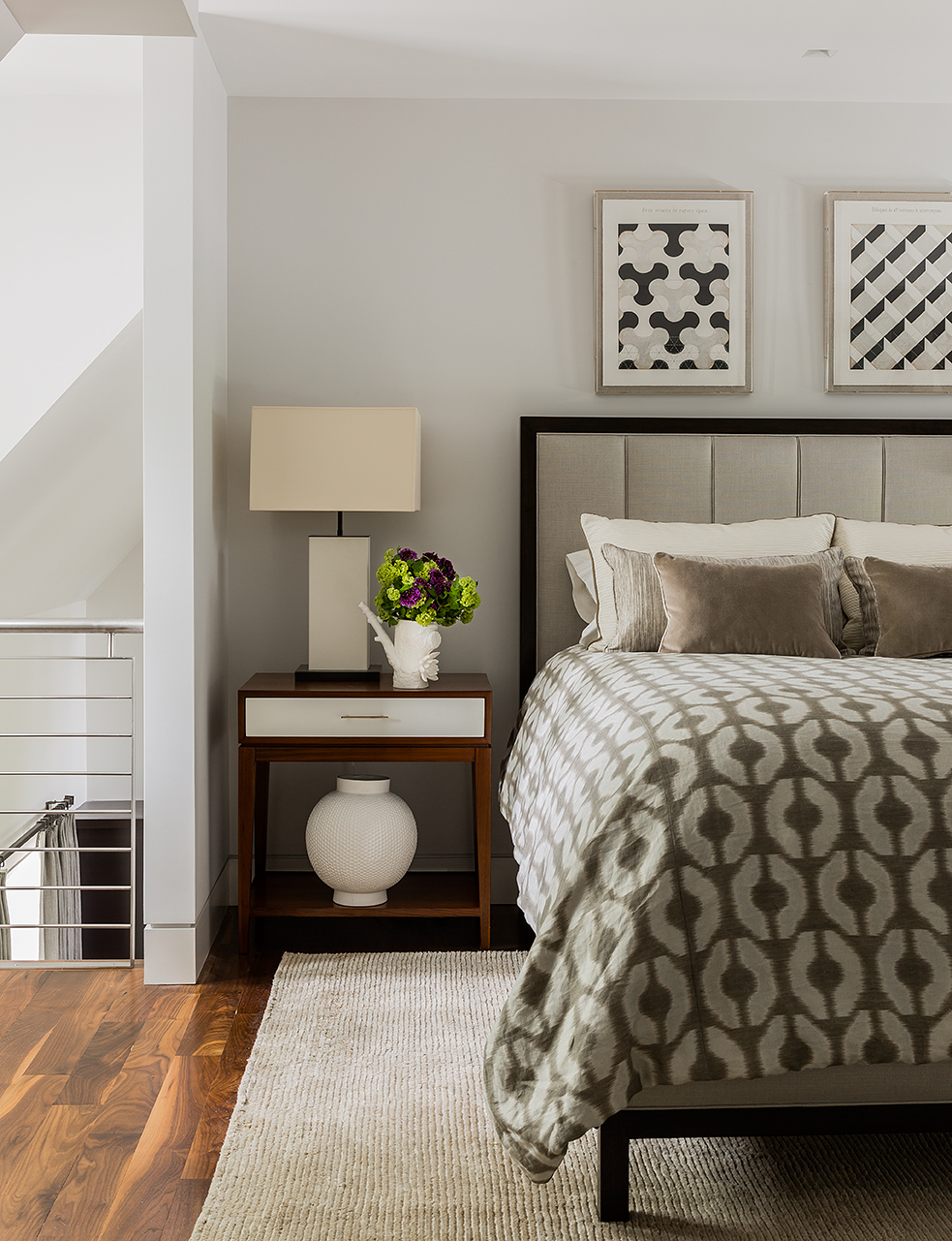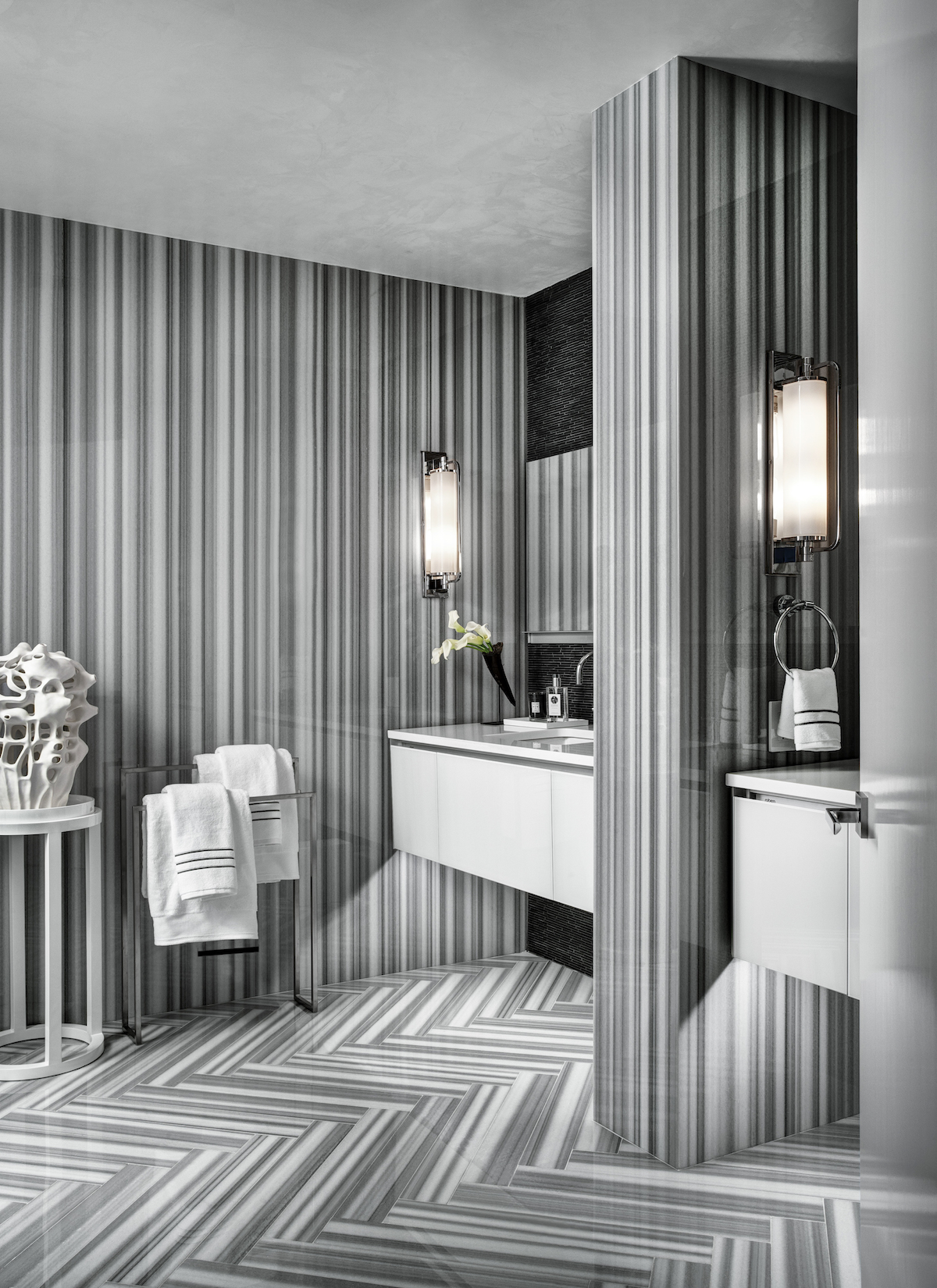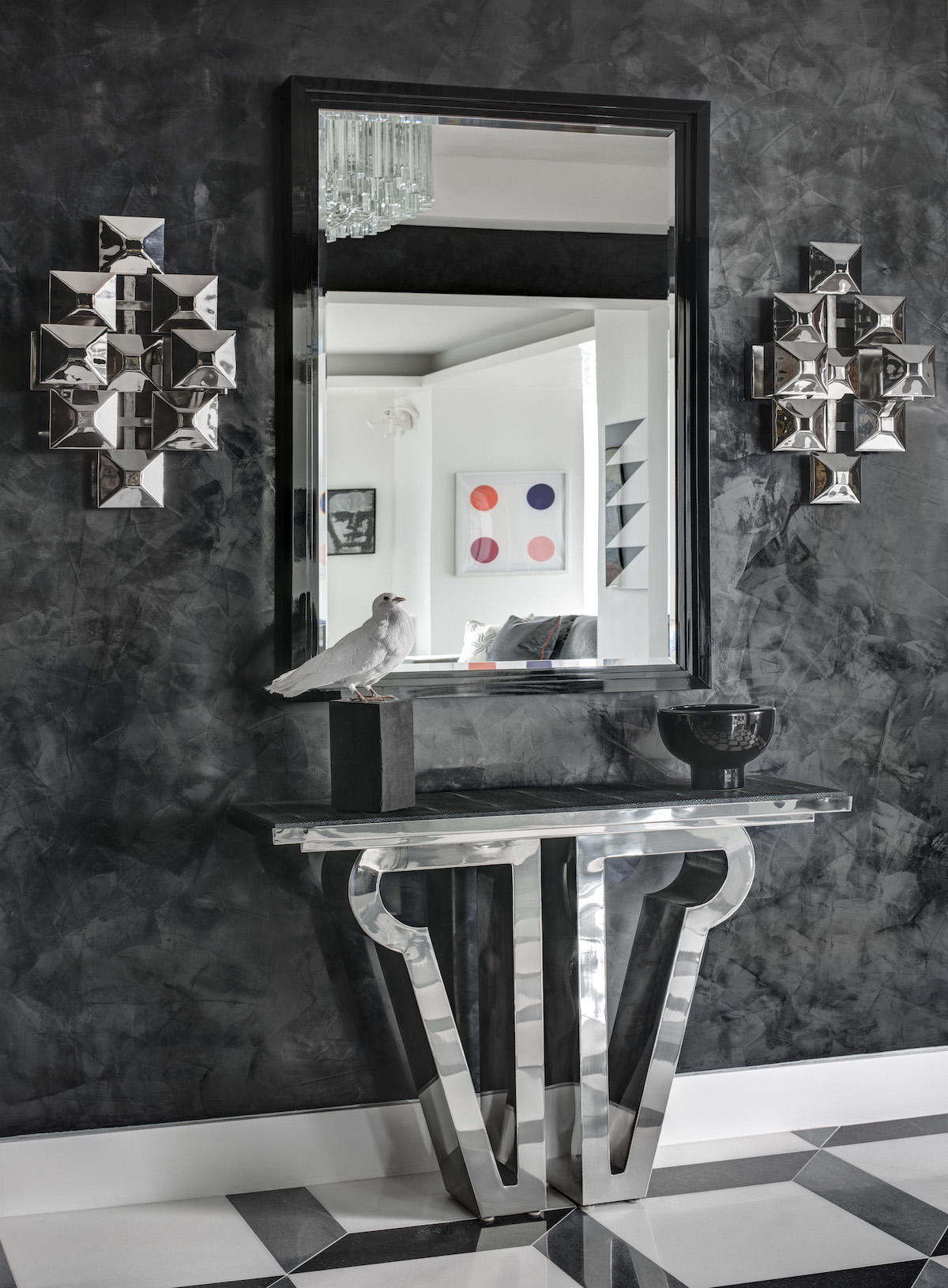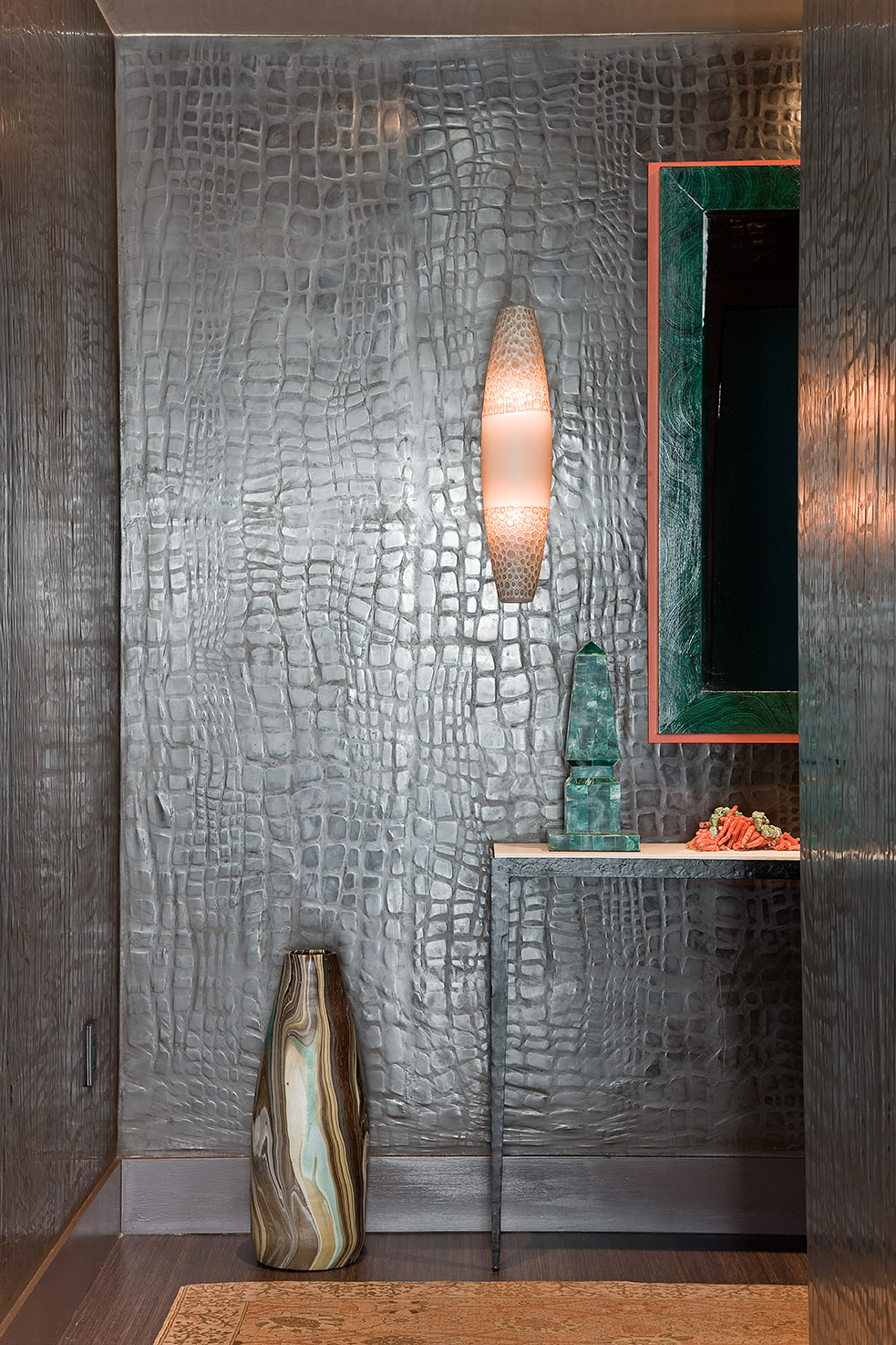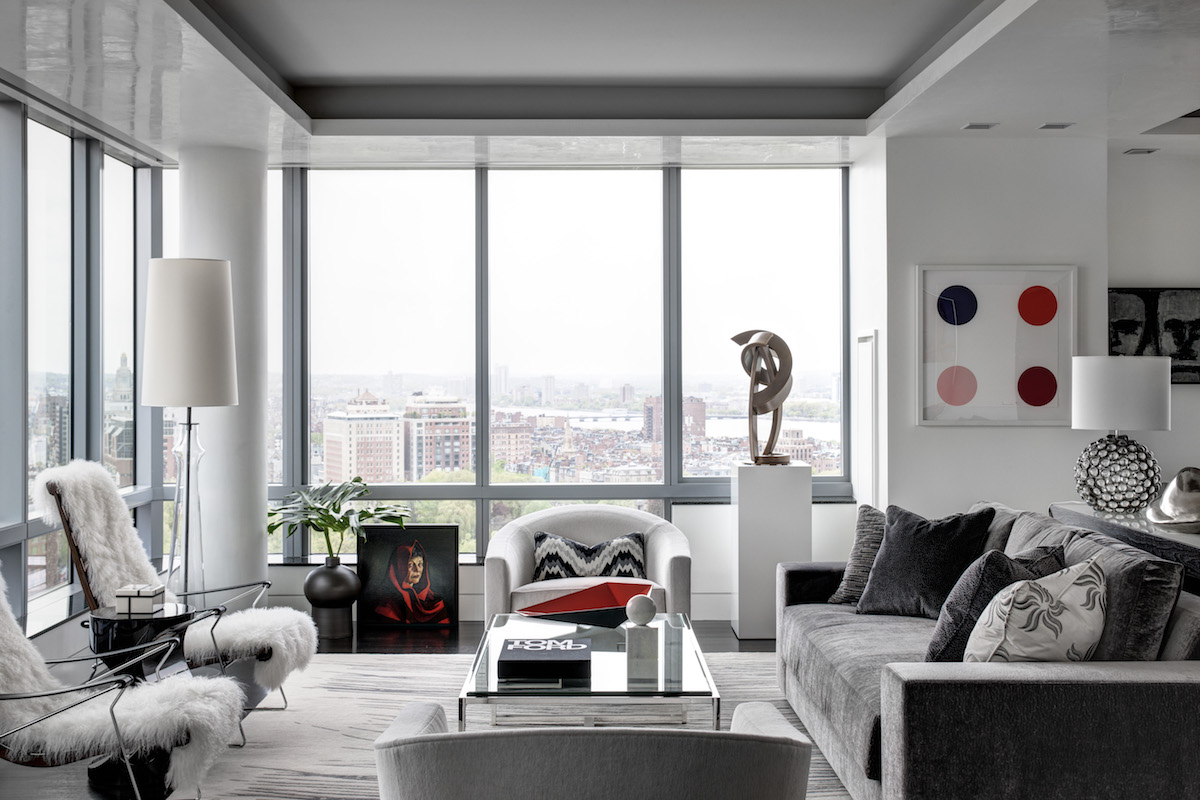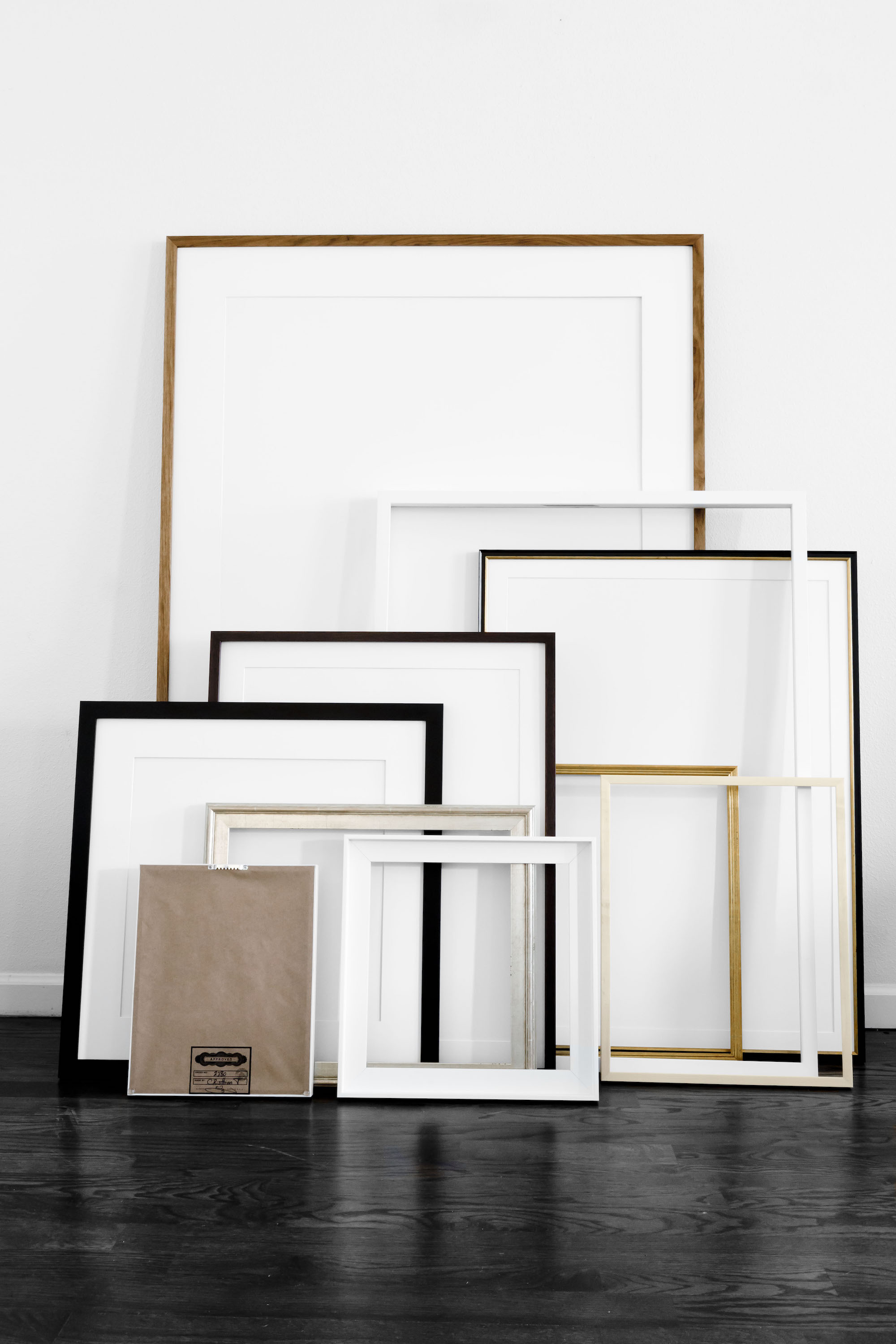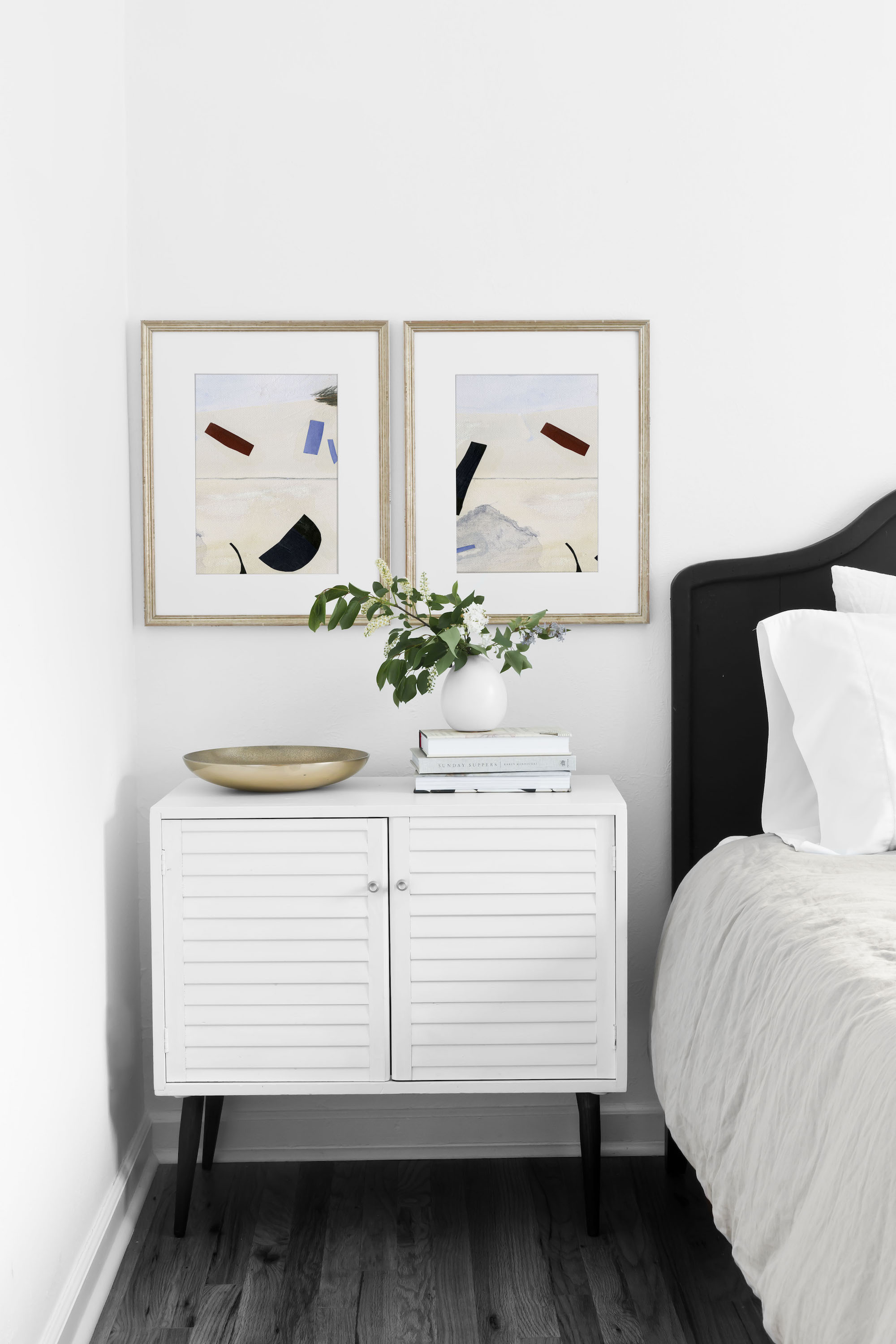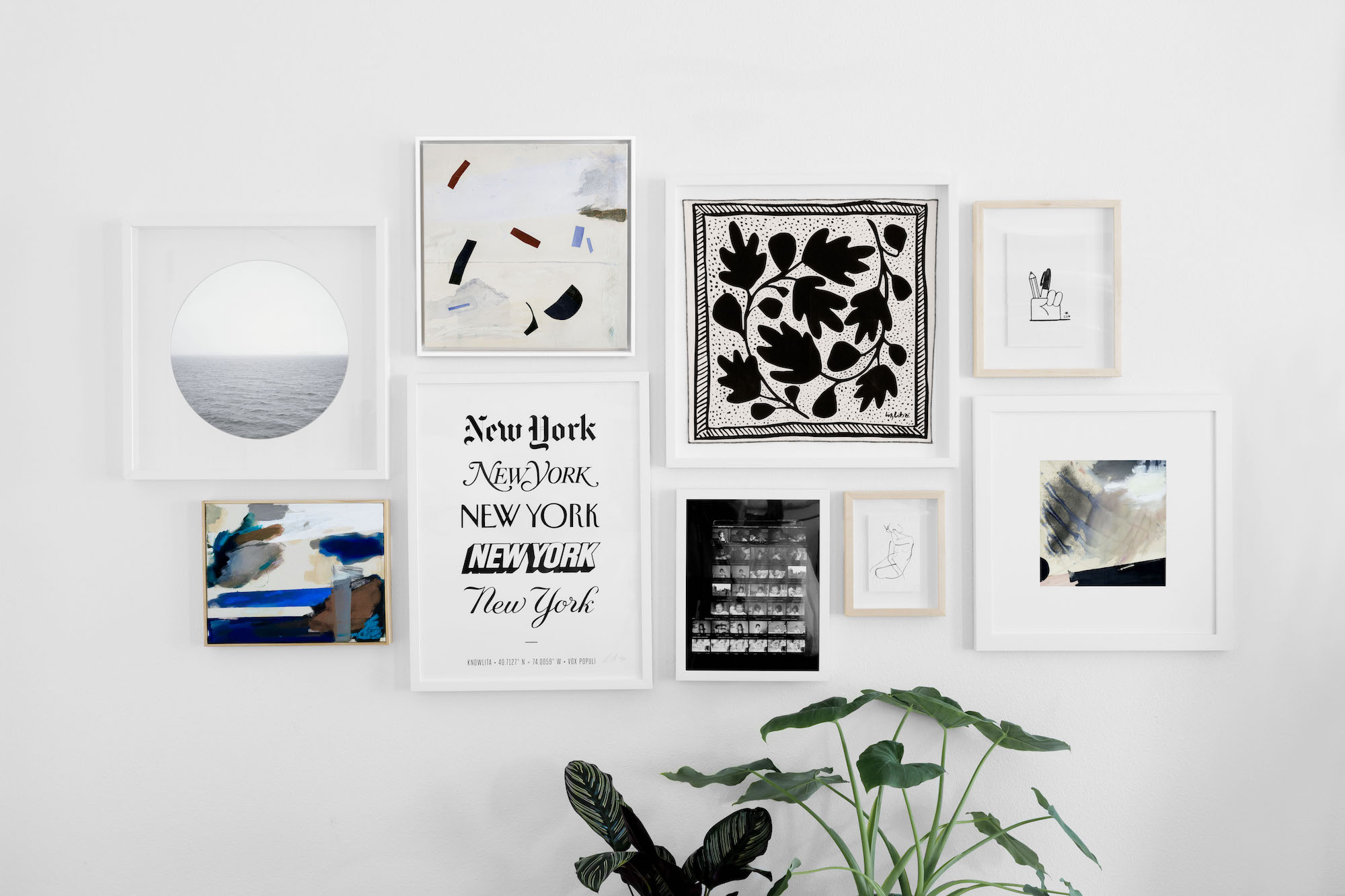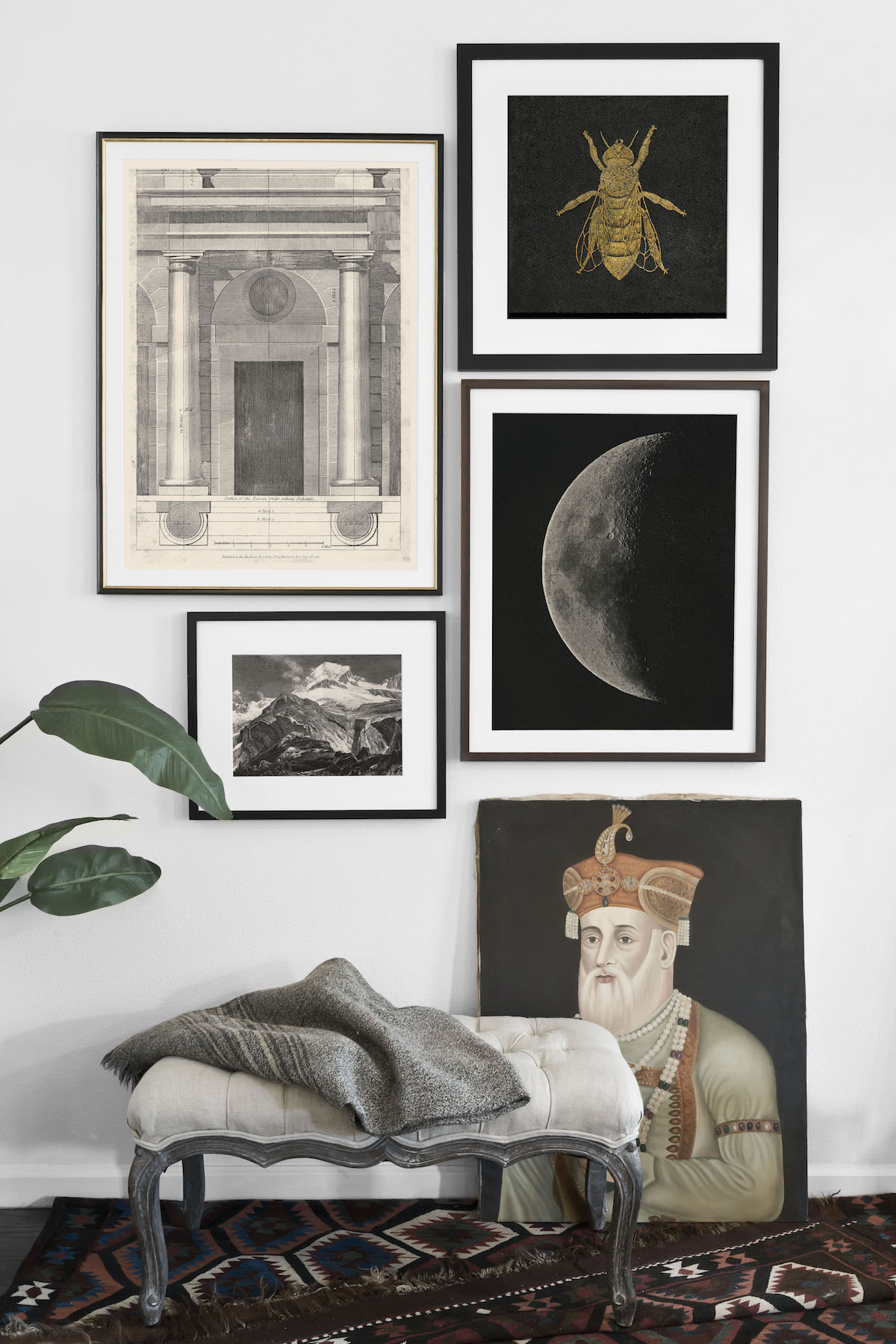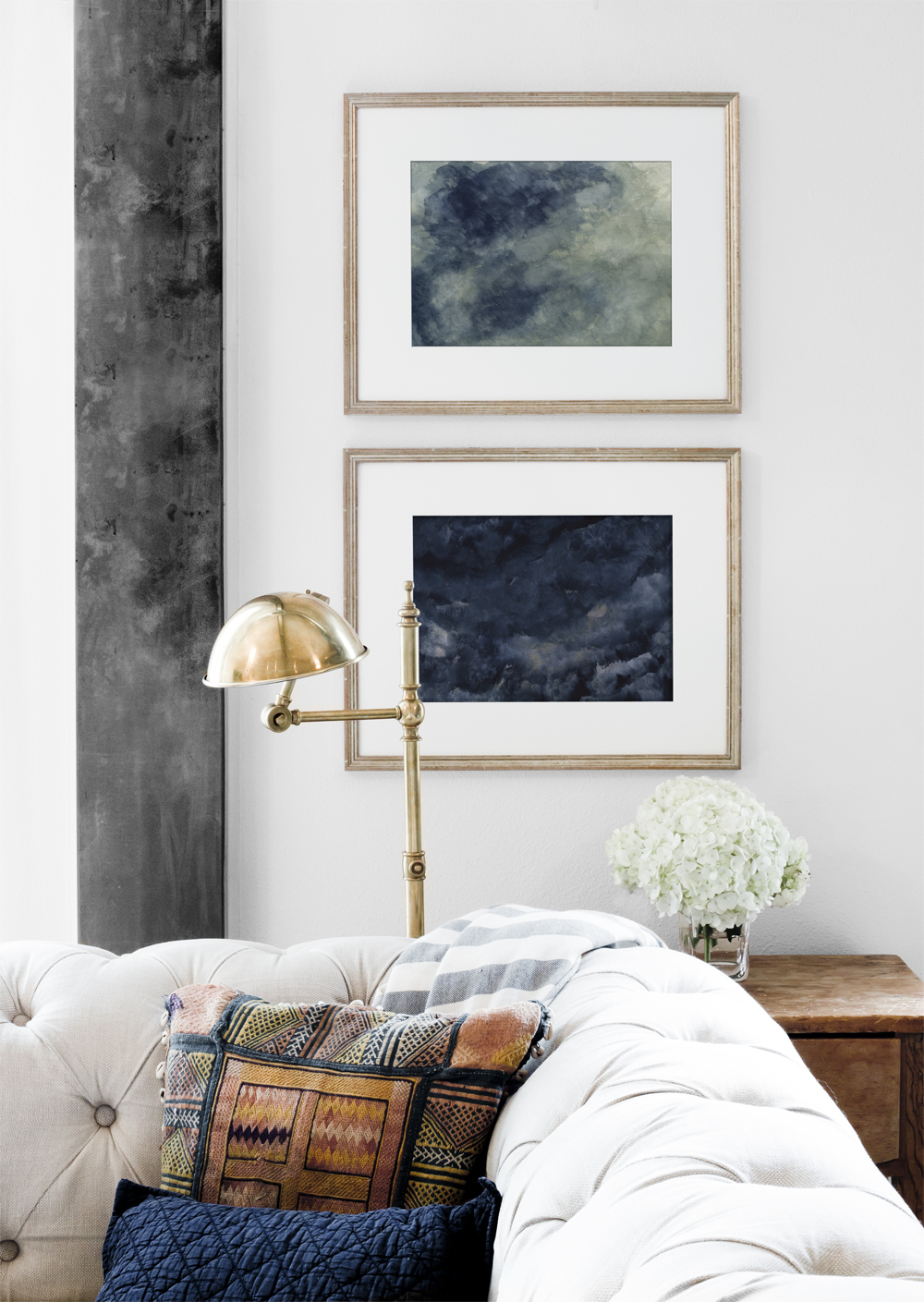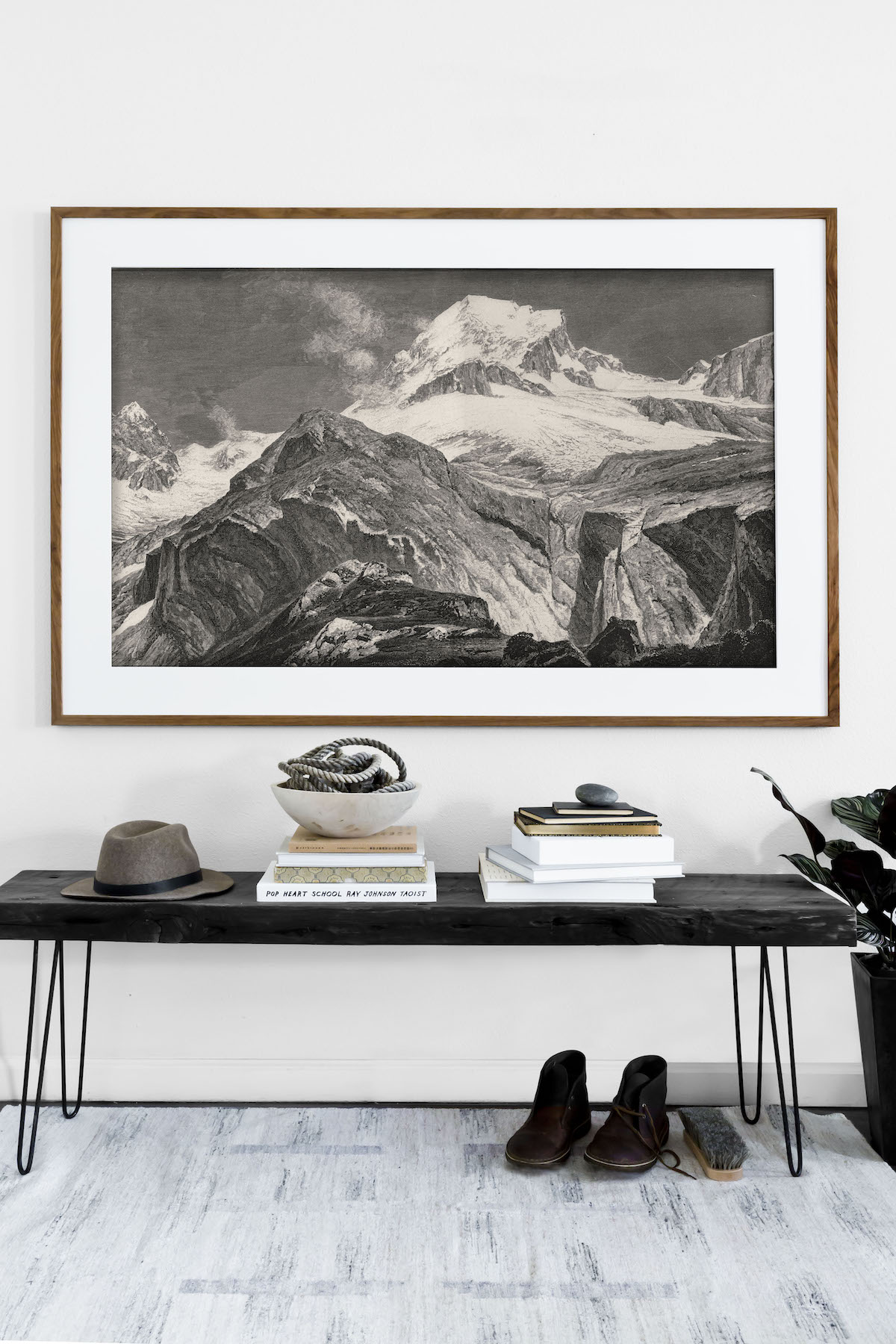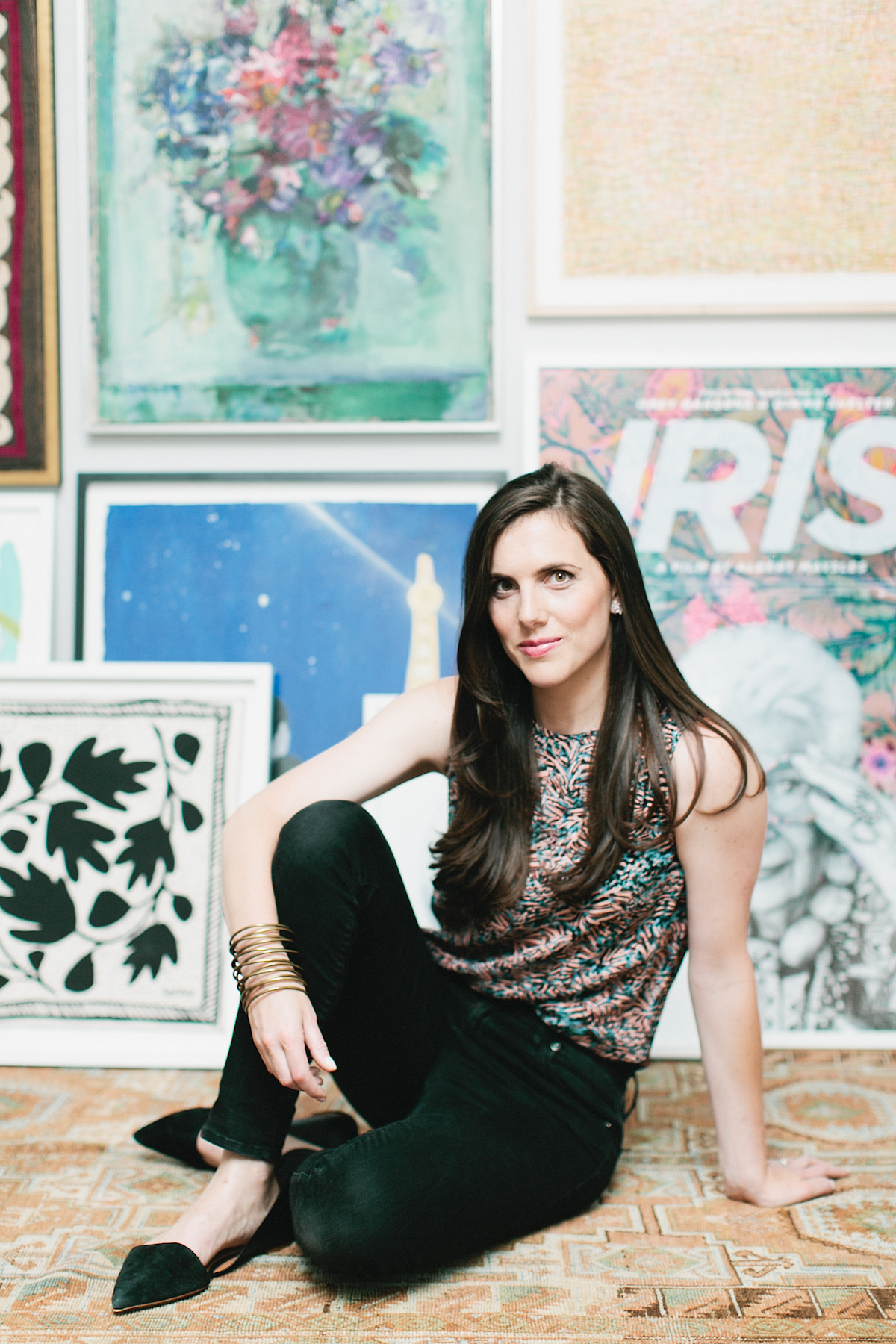Dedicating budget to design a child’s bedroom is often not prioritized considering children move quickly in and out of phases. One day they’re into castles, the next day they’re into farms, it’s hard to keep up! James Hood, an architect by training with an entrepreneurial spirit, has managed to bridge the gap between childhood fantasy and practicality with Young Empire, a children’s furniture brand with a twist. His modular systems help parents decorate children’s rooms knowing that they can quickly turn a screwdriver a few times to completely transform the look and feel of their child’s bedroom.
The modular furniture system includes all of the bedroom necessities which can be built together and laid out in different ways. You can even dress up pieces with easy-to-install decorative facia panels. As the child gets older and moves in and out of phases, you can update the furniture with different themes to keep up with the child’s age and personal preferences, without having to purchase new furniture to re-decorate the room. Here, James shares his inspiration behind the brand, the practicality of the modular furniture system, and tips for launching a new company.
James – as a trained architect, what sparked the idea to build a children’s furniture brand?
As an architect, I’ve always been drawn to the idea of fantasy in architecture, my Masters thesis was based on a study of the work of utopian architects like Claude Nicolas Ledoux, Ebenezer Howard and Le Corbusier; I was fascinated with the unbuilt or the unbuildable.
Once I began working for an architectural firm in Geneva, the realities of budget constraints and planning approval came to dominate my working day, but I’m a big daydreamer and this idea of creating and inhabiting fantastical worlds never really left me. So when I was asked by a client to come up with something really special for their young son’s bedroom, I got really excited!
I started designing this really intricate, one off castle with towers and walkways all over the place…I went completely over the top. That’s when I realized that I wasn’t bringing real value to the client. Of course their son would love it, but what happens when he grows out of his Knights and Dragon’s phase? This rather elaborate and costly flight of fancy would have to be removed and replaced by something more in keeping with their son’s age and interests.
It was this tug-of-war between the practicalities of designing a room for a child and making it a magical, fantastical place that led me to children’s furniture design and the reason I founded Young Empire, to bridge the gap between fantasy and practicality.
And why children exactly?
Children are wonderfully unpretentious; they tend to see things for what they are without the baggage of social convention, this really allows for incredible freedom when you design for them.
They’re also incredibly creative, far more so than you or I, they have this incredible capacity to fill in the blanks; watch a child play and a sofa becomes a mountain, a carpet becomes a burning lava field, with the smallest visual clues they build incredible worlds in their minds.
Of course they can also be the harshest critics and don’t shy away from letting you know they don’t like something, but helping them create the most incredible worlds for themselves is really what makes them the most exciting clients to design for.

Industrimagem Lda
Young Empire has developed a modular furniture system that covers all the bedroom necessities, bridging the gap between fantasy and practicality – how does this work exactly?
We’ve developed a suite of furniture that includes an alcove bed, a pullout bookshelf, a wardrobe and a pullout wardrobe; these pieces are at the core of any Young Empire bedroom. Every one of our furniture pieces can be combined and aligned with any other piece, giving you complete flexibility in the way you layout your bedroom. Once the pieces are arranged in the room, we get to the really fun part!
Each piece has a corresponding decorative fascia panel in the theme of your choice, no matter how the room has been arranged, each piece of furniture can be ‘dressed up’ to create a completely decorated bedroom.
The decorative panels are really easy to fit and remove, which means that as your child grows up and out of one theme, it’s really easy to update the room with a completely new décor without having to change any of the furniture.
The fantastic part of Young Empire designs is the ability to dress up the pieces with decorative fascia panels – what themes do you offer?
For launch, we have three themes available; the Knights Castle, the Country House and the Explorers Jungle. Our aim is to add another theme every two months or so for the foreseeable future.
At the moment we’re working on an Indian Palace theme, with all of those lovely carved wood moldings and floral motifs as inspiration, we think it’s going to look pretty great!
We’ve got so many themes we want to bring to life, the hard part is choosing which ones we’ll work on next, but what we’re always trying to do is to take the idea of children’s furniture a little bit further into the unexpected, creating beautiful designs for children which step away from the ‘blue racing car for boys and the pink palace for girls’ way of thinking.

Industrimagem Lda
Moving forward, you’d love to work with illustrators, artists and interior designers to design new themes and limited editions – who are some creative people you’d like to partner up with?
There are some incredible illustrators and artists out there that I think would be a great fit for Young Empire.
I love the work of Oliver Jeffers, his illustrated book This Moose Belongs to Me is one of my all time favorite children’s books. Marie-Laure Cruschi, alias Cruschiform, is the incredibly talented illustrator behind the Cabins book for Taschen. Her bold ultra-graphical style would look amazing in a child’s room! Michaël Eveno, aka Grems, is an incredible artist who works on massive murals as well as smaller art pieces, his mix of geometric forms and bright colours are beautiful and really fun.
Who are some other children’s brands that you admire and why?
I really admire Oeuf NYC, their products are beautiful and they’ve built an incredibly strong brand and their company manifesto “Be Good” is what we should all strive for.
The Dutch brand Kast van een Huis who manufacture the Amsterdam house wardrobes, have been incredibly successful at bringing ‘themed’ furniture to the world and creating a business around a single iconic piece.
I hope that Young Empire can emulate their success by bringing something exciting and a bit different to the marketplace.

Industrimagem Lda
Which apps, books, forums and resources do you use day-to-day that you can’t live without?
I’m a total bookworm, I allow myself at least an hour a day if not two to get lost in a book, it stimulates the mind like nothing else. History and Fantasy books are obviously top of my reading list and I’ll read anything about any of the great explorers.
I’m a big fan of Pinterest, it’s an incredibly powerful tool at the beginning of any project to get your ideas into line. Instagram is obviously another great resource, if used wisely, and a great way of keeping people up to speed with what’s going on at Young Empire.
What’s the best advice you have received thus far regarding launching a new company?
I think the best advice I’ve gotten so far, from a family friend who himself has launched numerous companies, is to combine a determined mindset with a practical flexibility.
It’s important to know where you want to go, but there are so many ways of getting there, if you stubbornly stick to a single path you might miss some incredible opportunities.
If I think back to what I was expecting would happen at the beginning and compare it to the way things have actually turned out, the difference is amazing, in a good way!

Industrimagem Lda
Can you offer some tips to the designers launching a new business?
I’m really lucky to be working with some of the best people in the industry; I was introduced to some incredible manufacturers who took the time to listen to me and work through some of the crazier ideas I’ve had. The furniture would not be what it is today without them and their incredibly insightful input.
So if I had one piece of advice to give to other designers, it would be: make sure you’re working with the best people you can find and listen to them, ask questions, ask for their opinion and they’ll become invested in your project, your relationship will run deeper than a simple business transaction. Your product and business will be better for it.
What’s your focus for 2017?
2017 is all about getting the word out; meeting retailers and clients and introducing them to our product. We think that we can offer them something really special and we want them to know about it!
We’ll also be concentrating on expanding our range of decorative themes, for both younger and older children, bringing real value to our clients over time.

Vincent Edmond Louis
Are you an interior designer in search of an easy interior design software and project management tool to run your business? Learn more about Ivy here.
